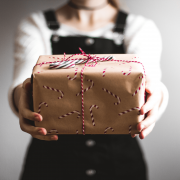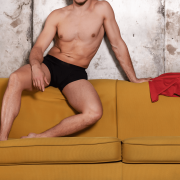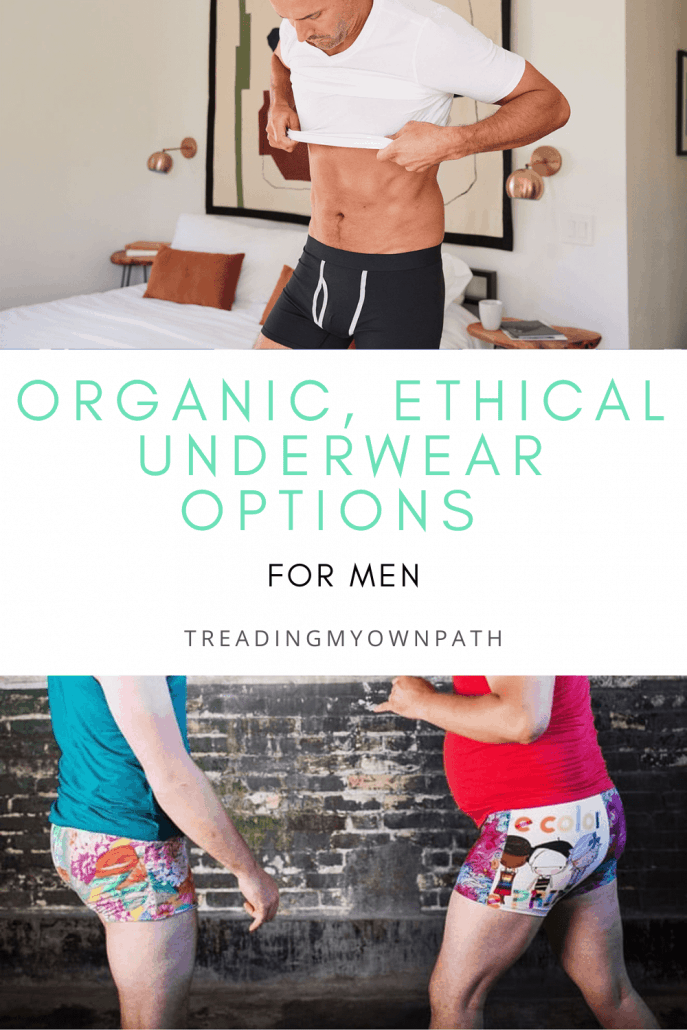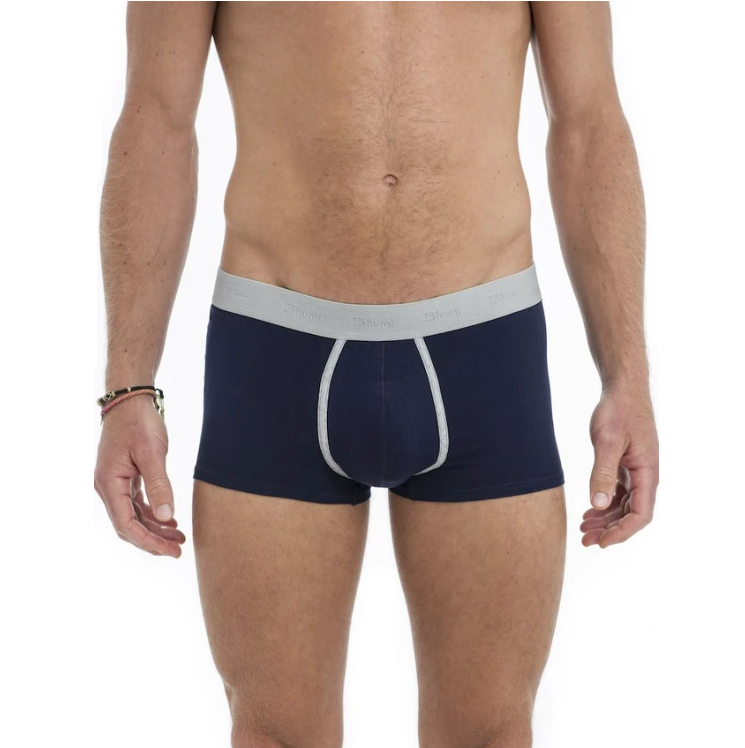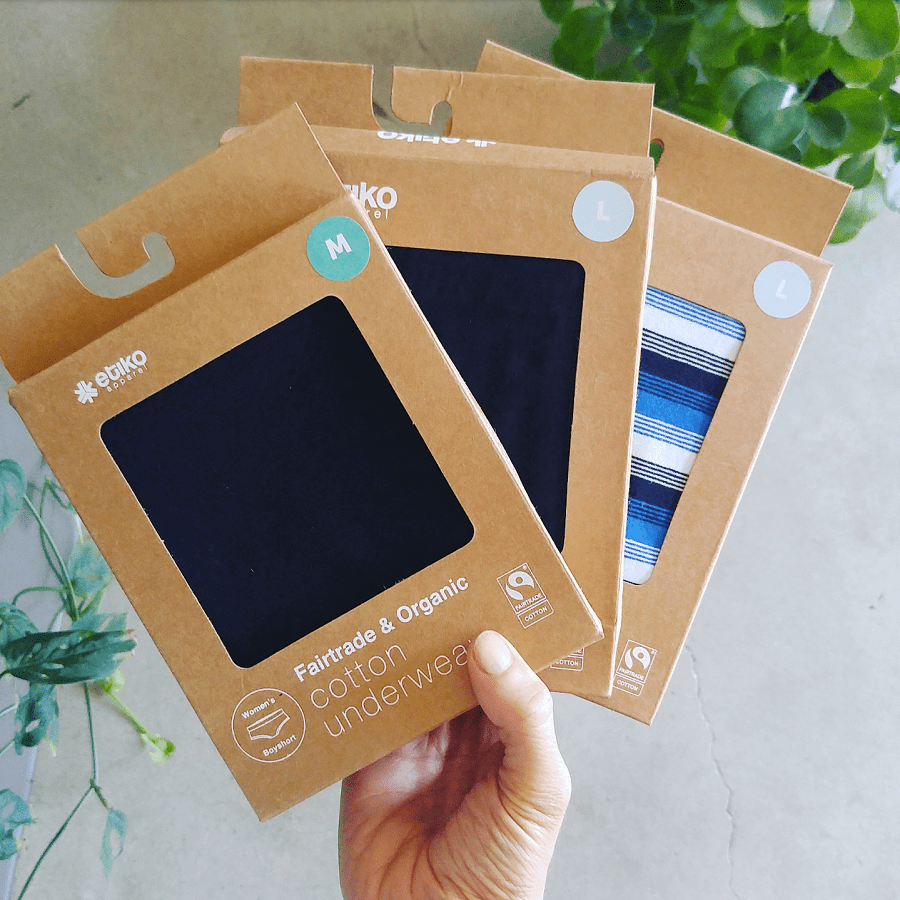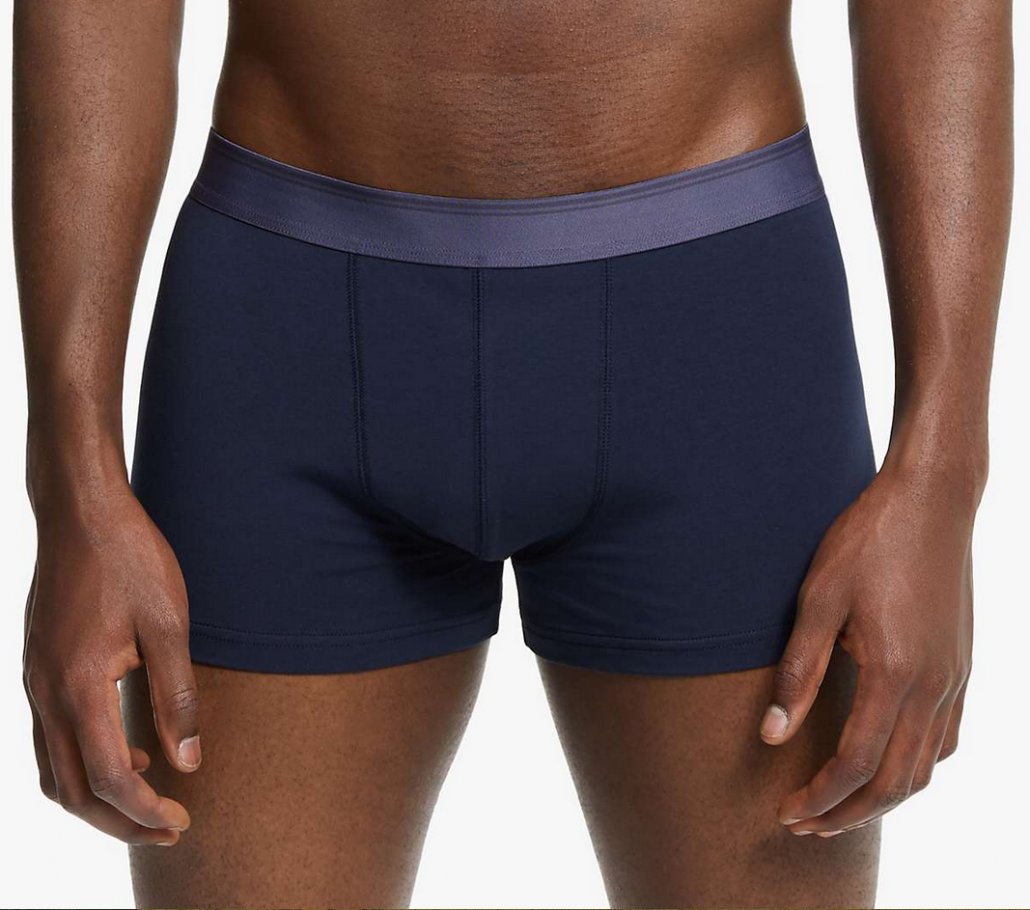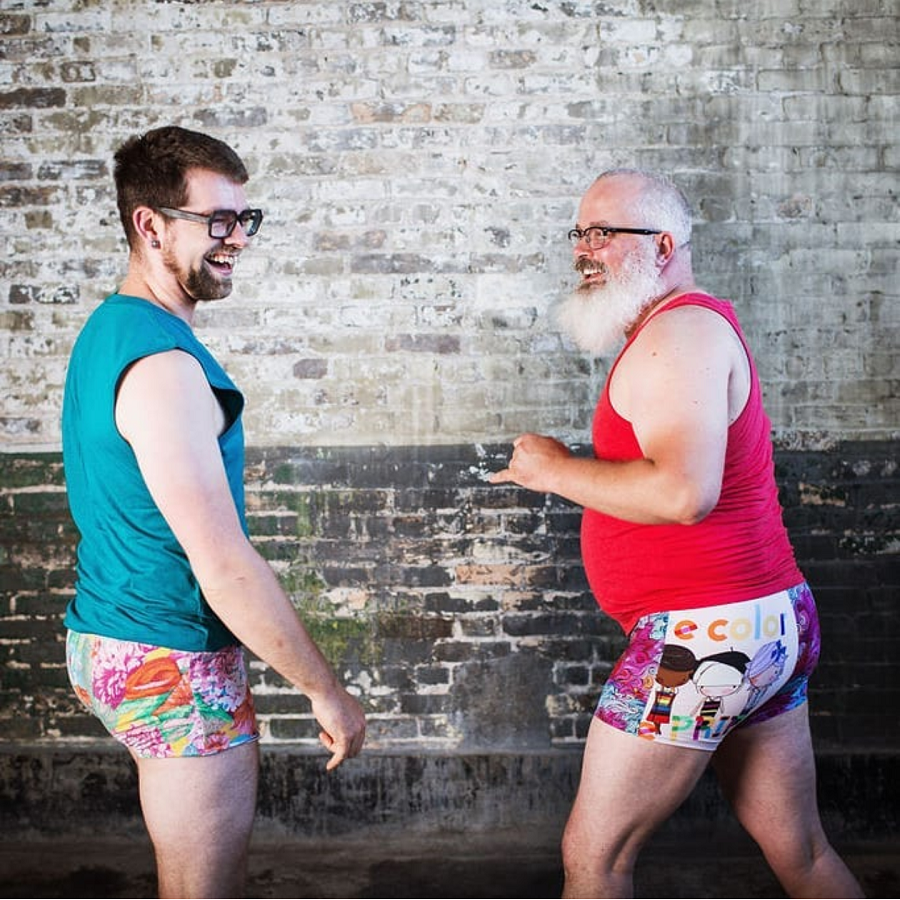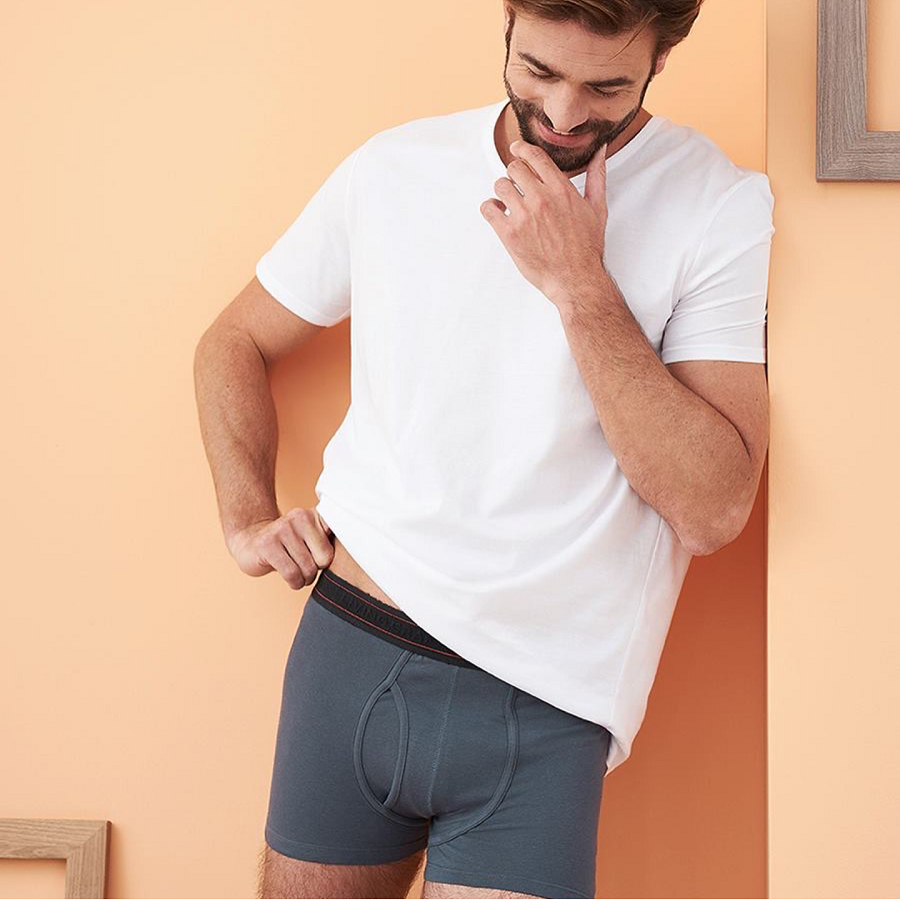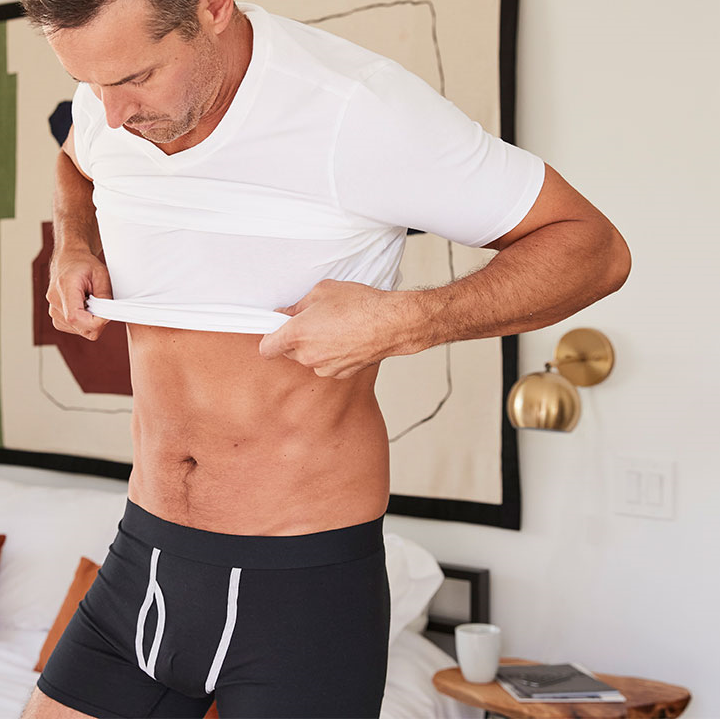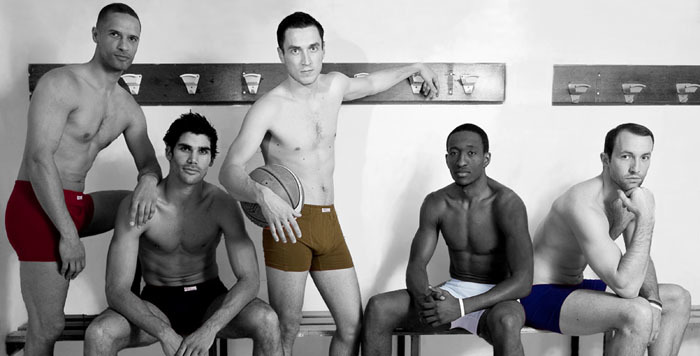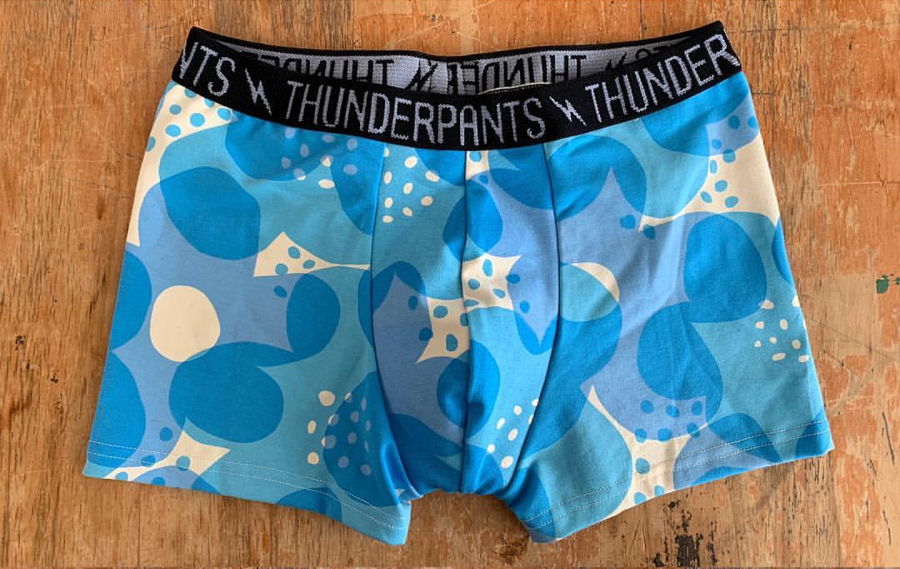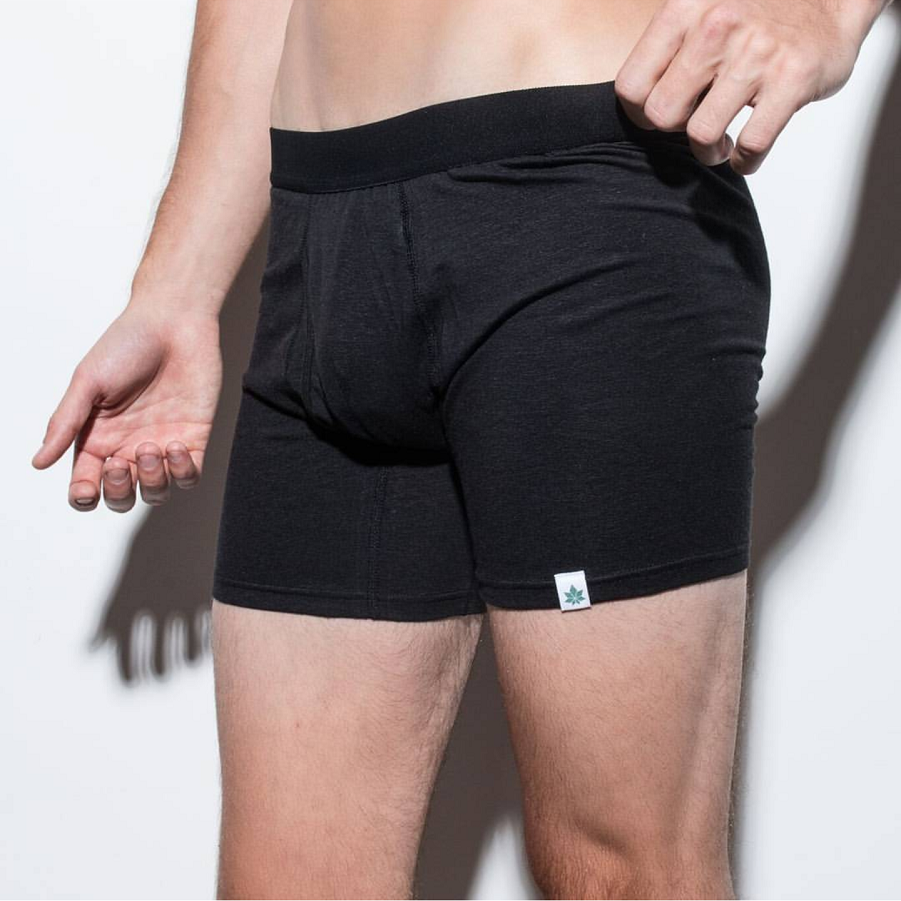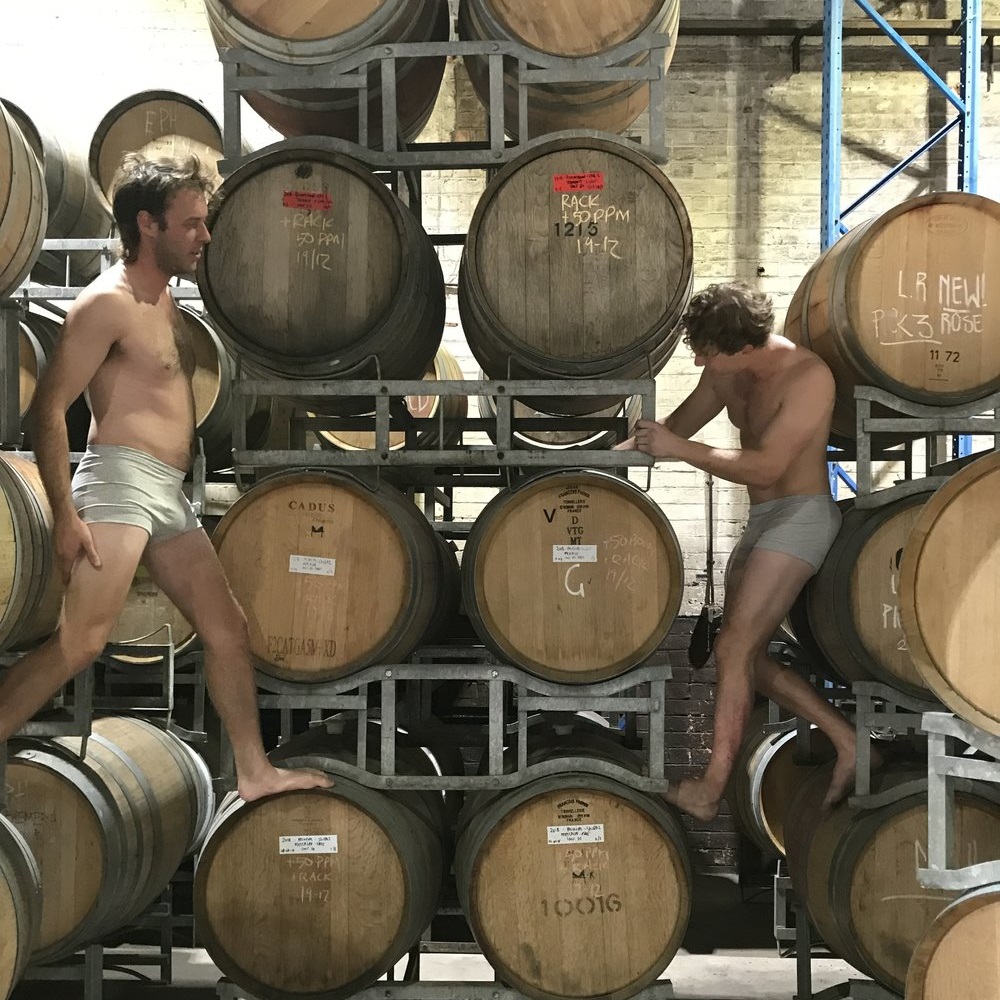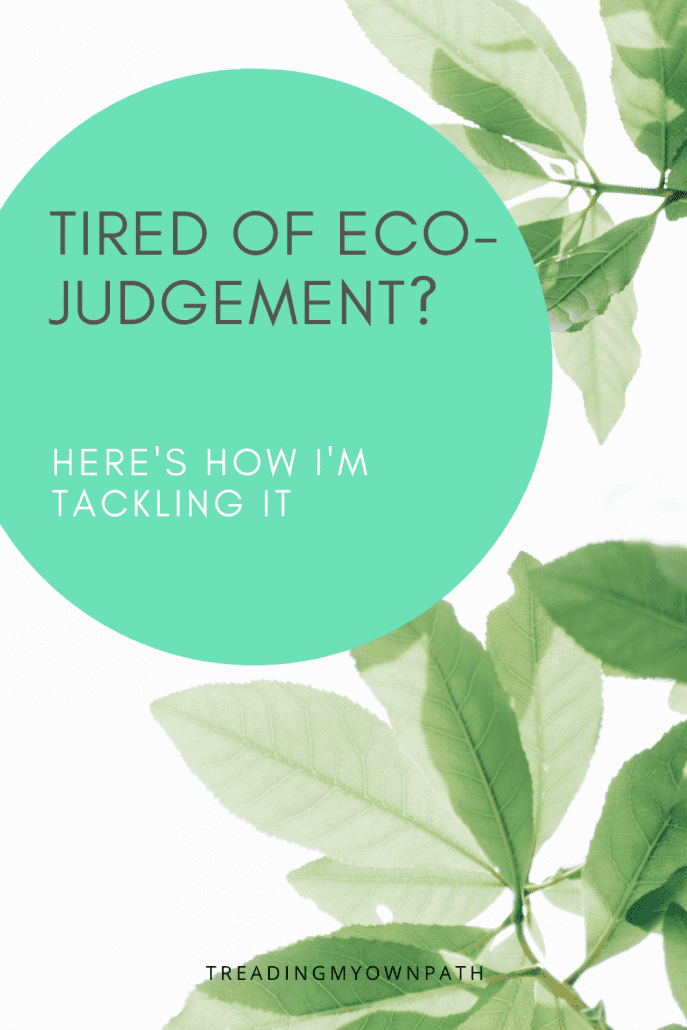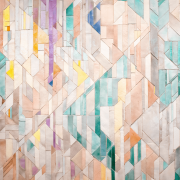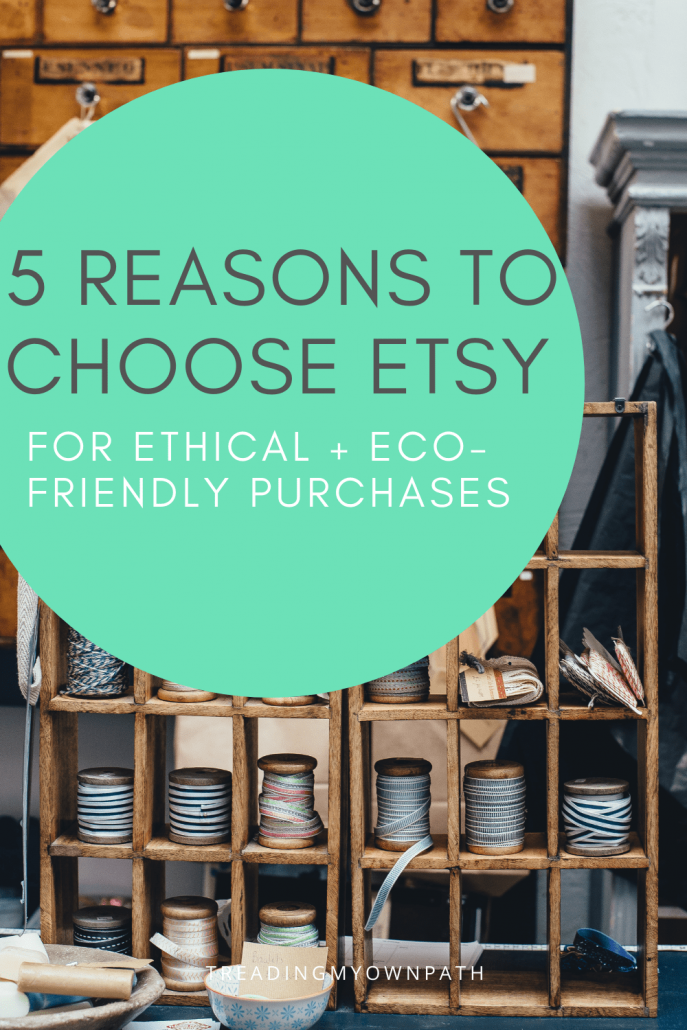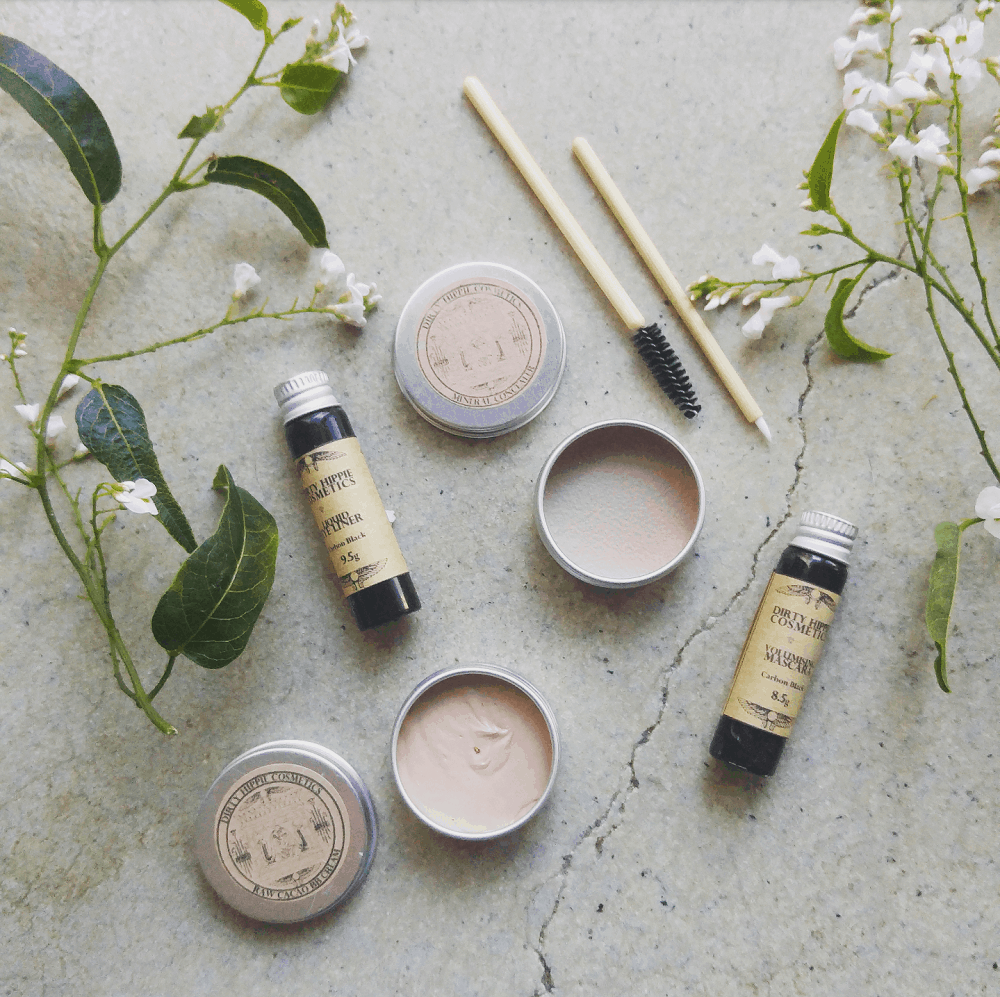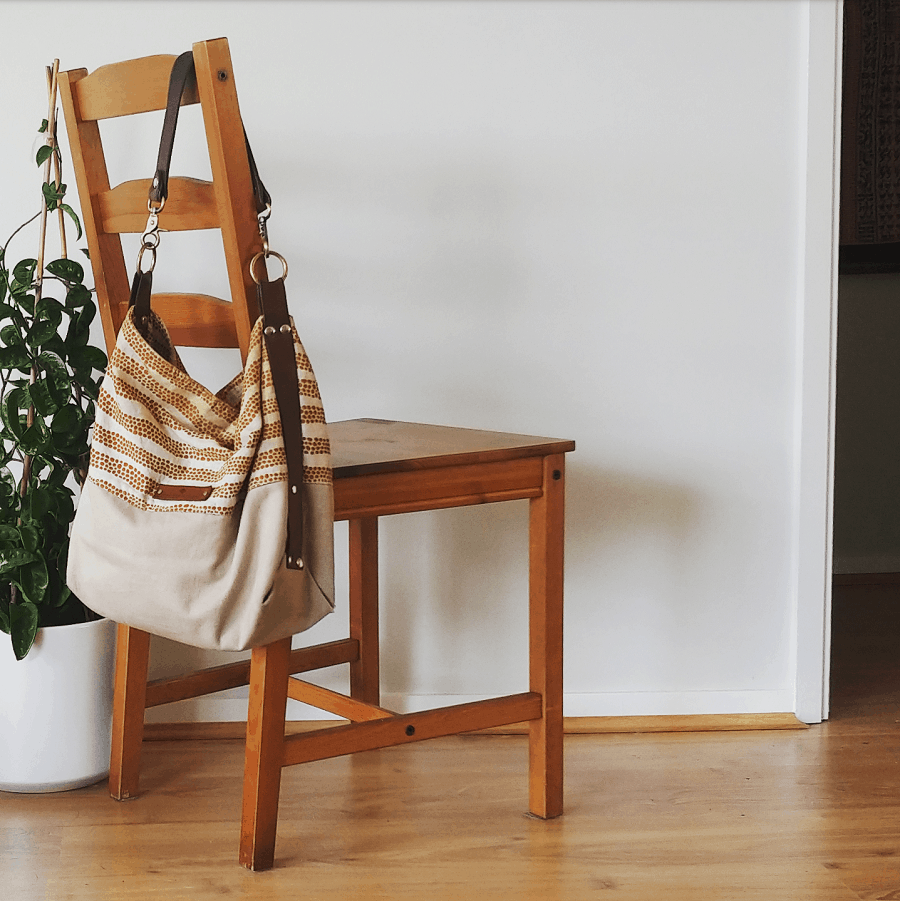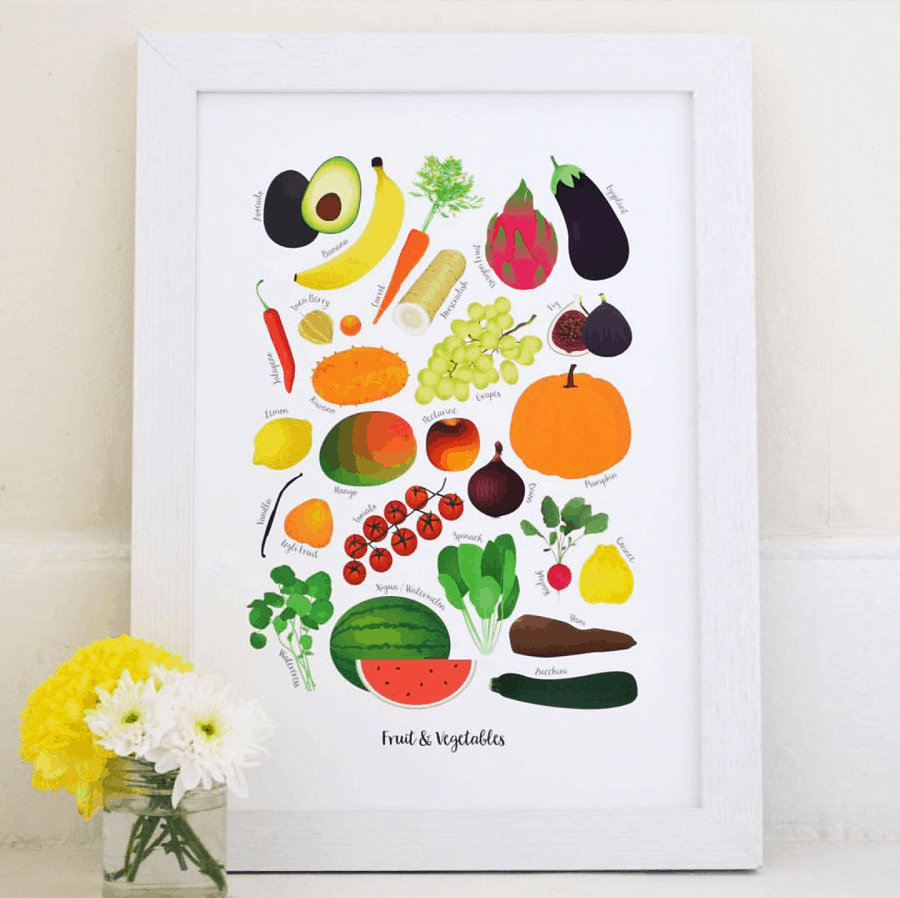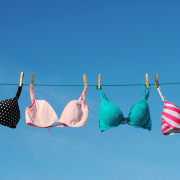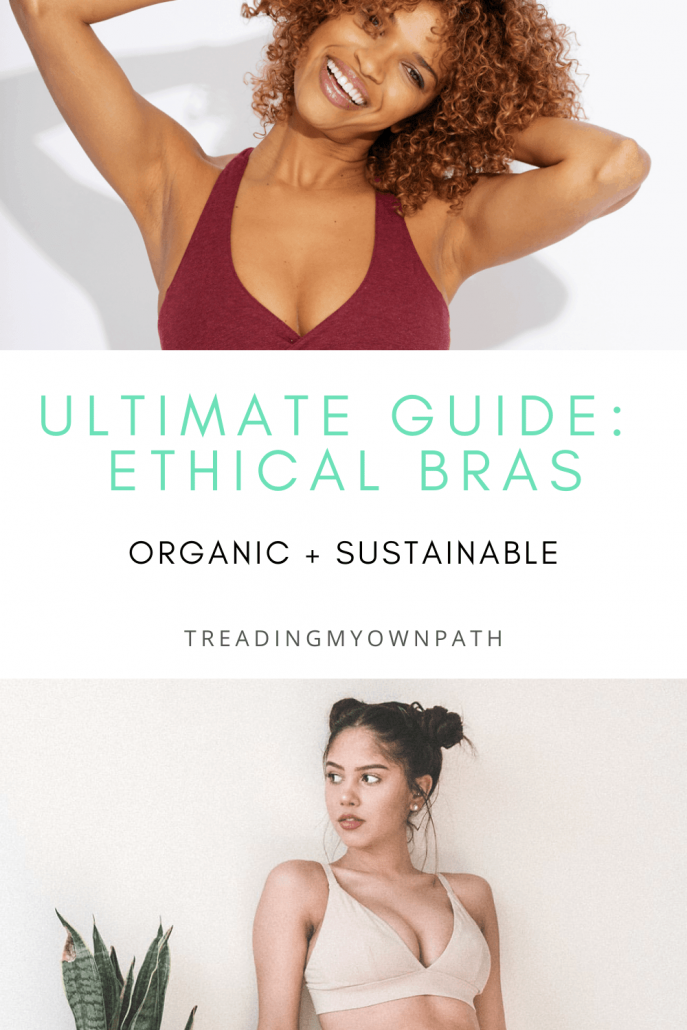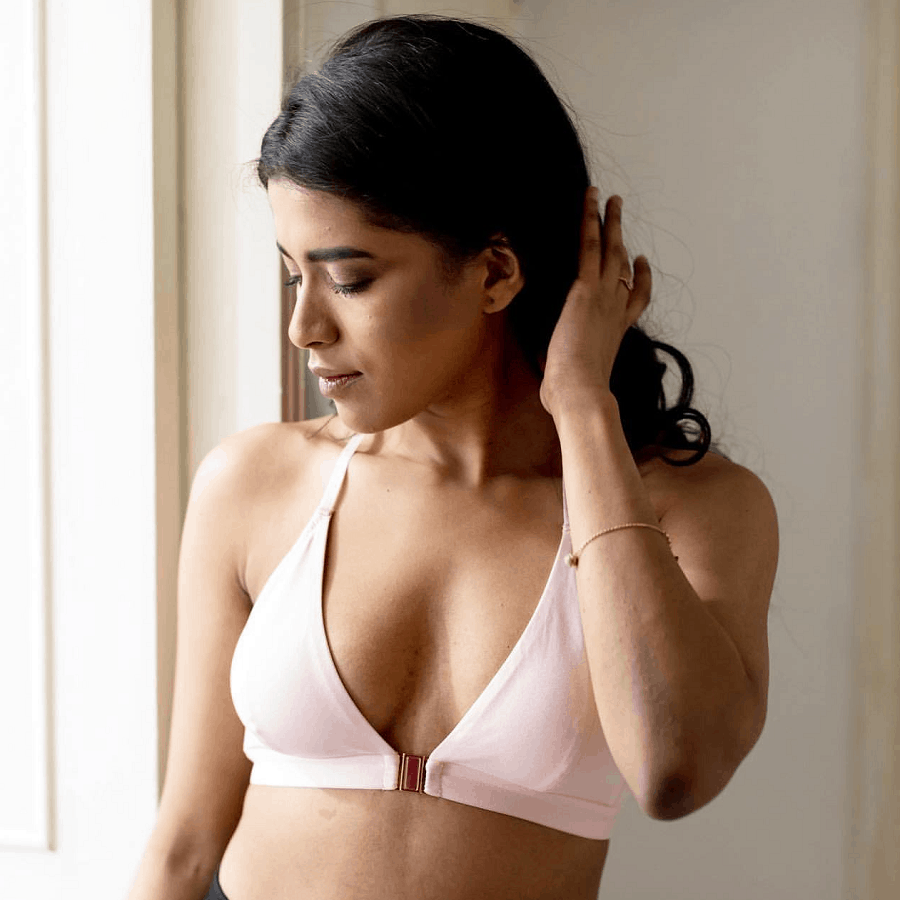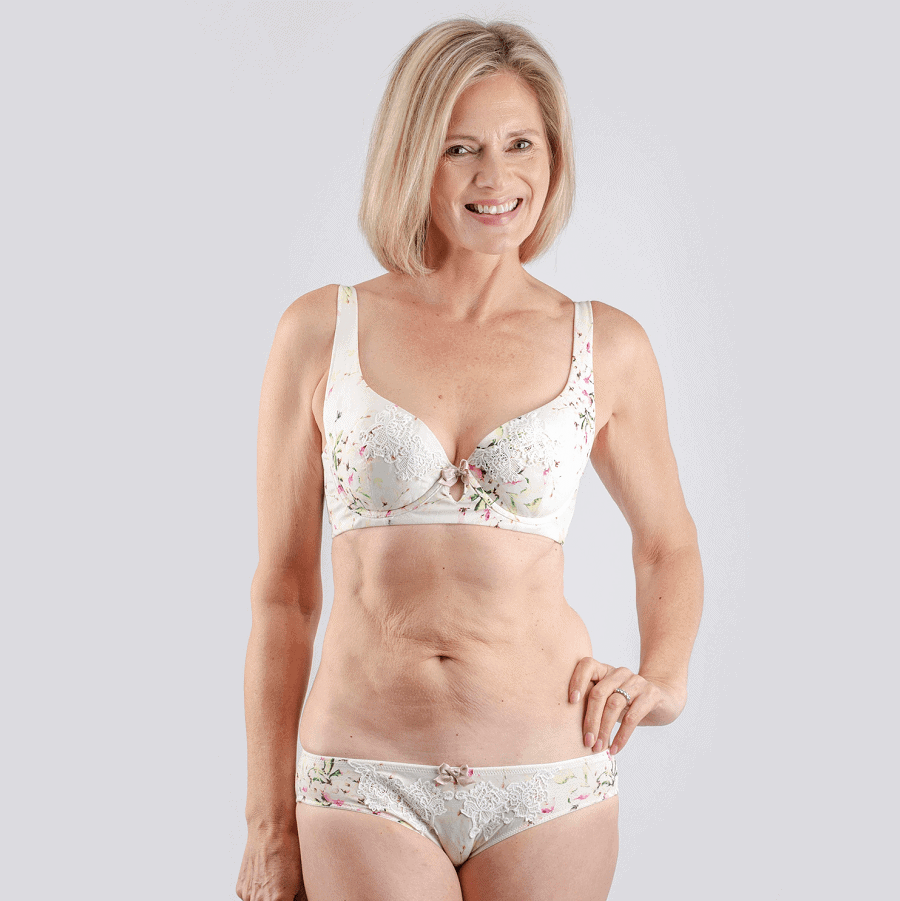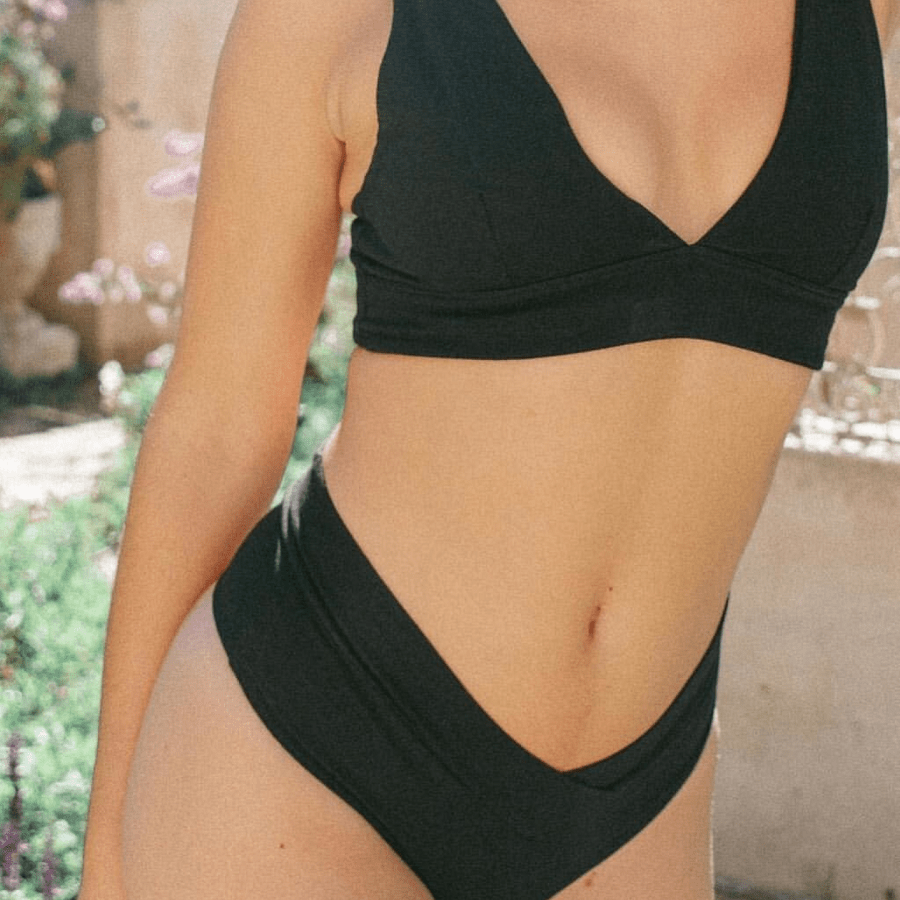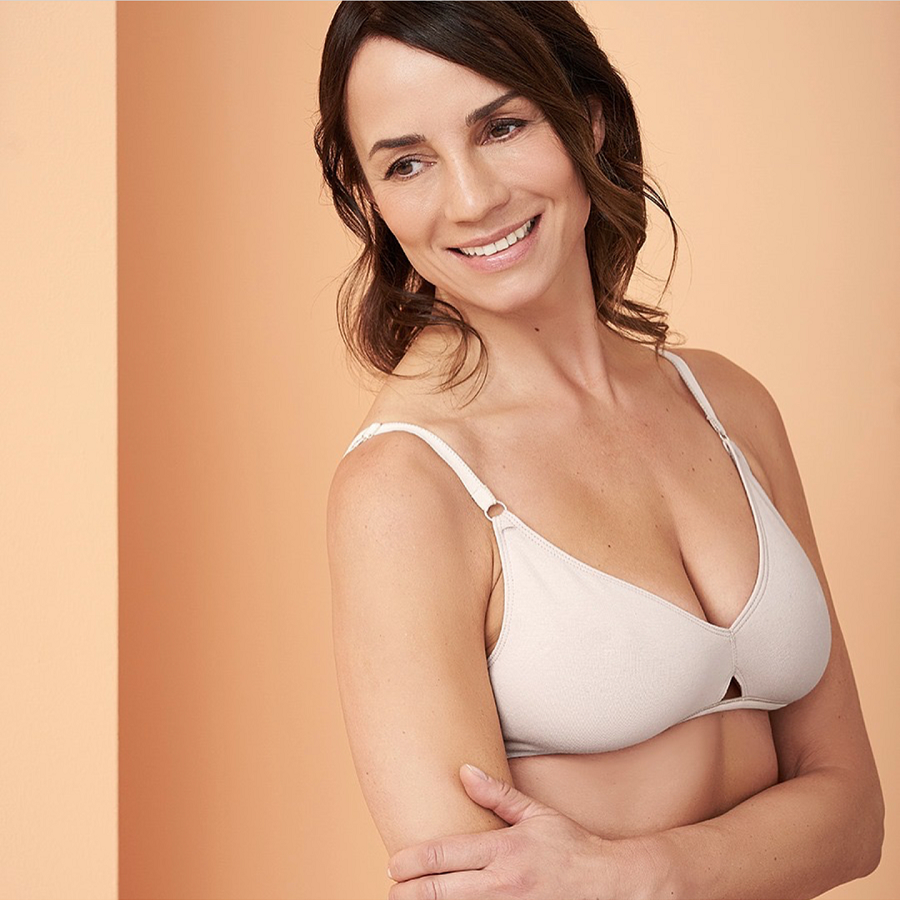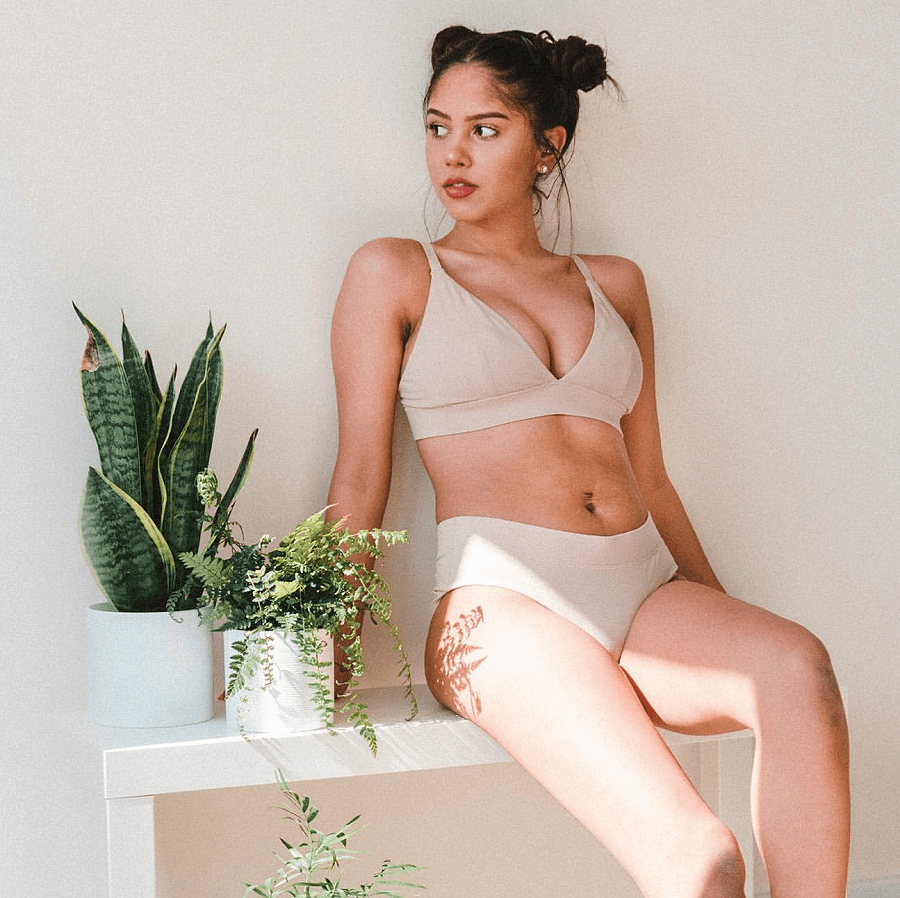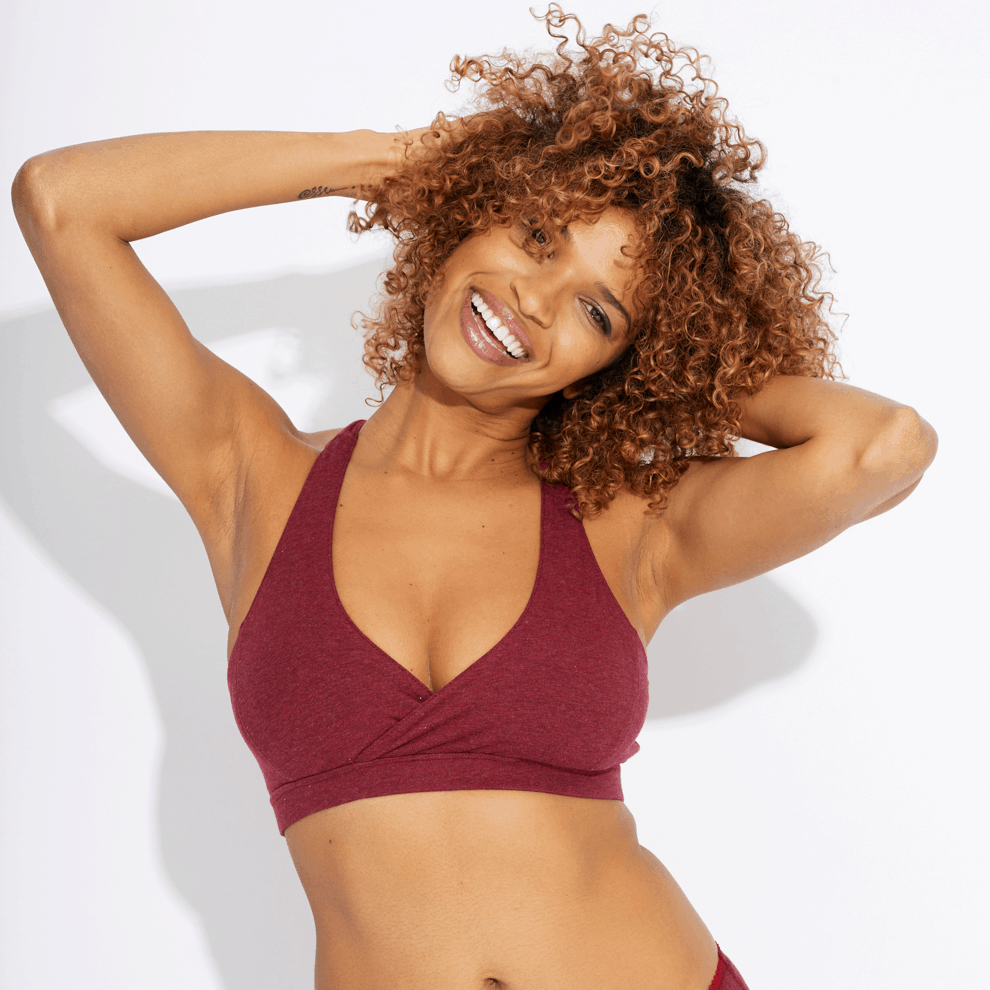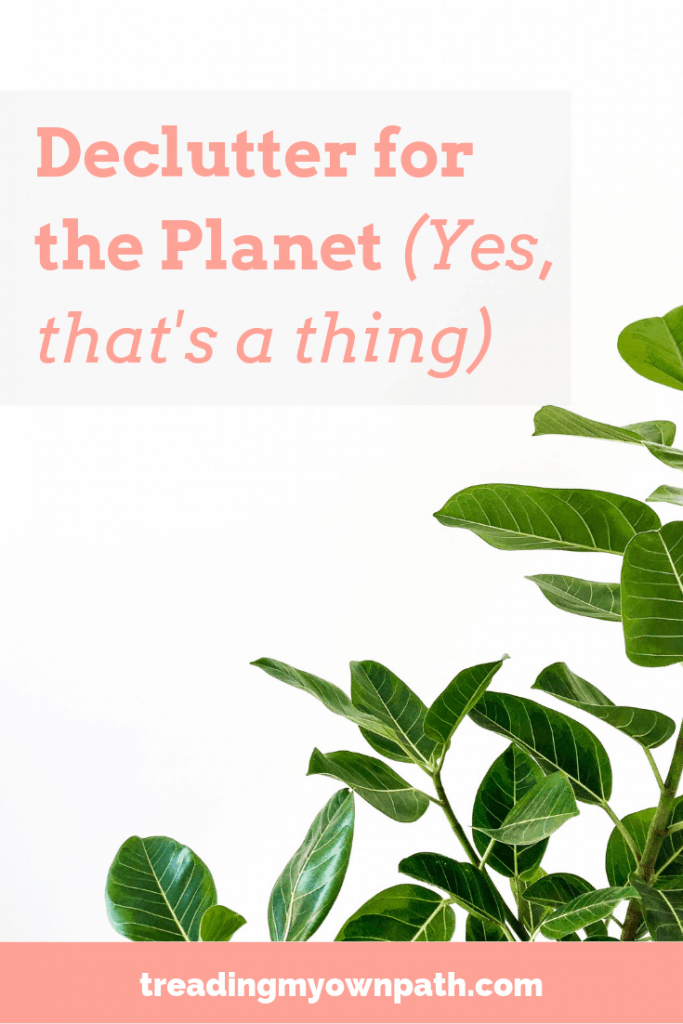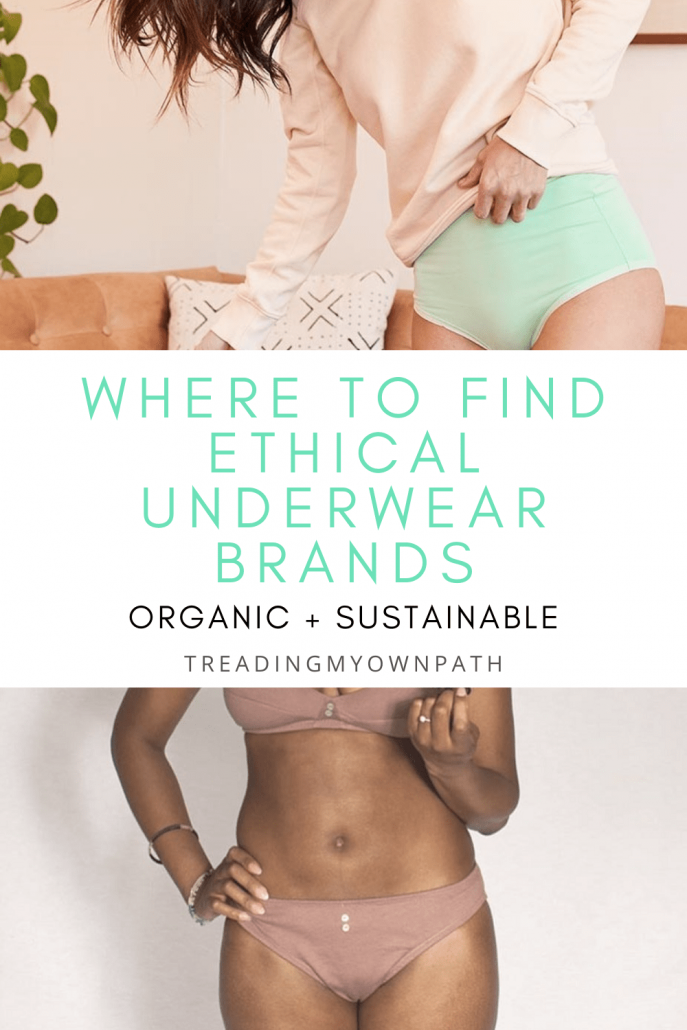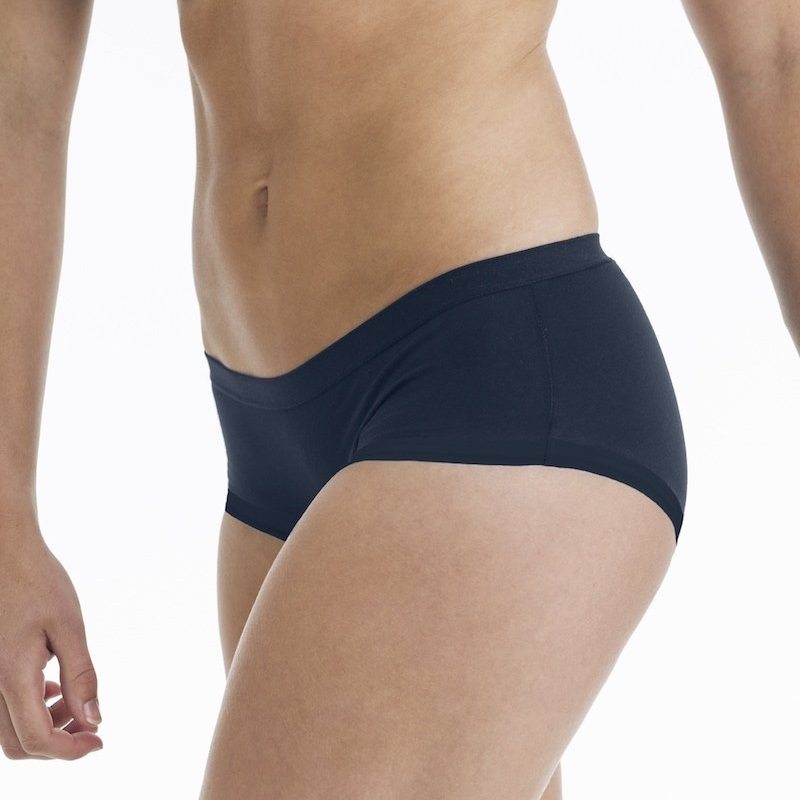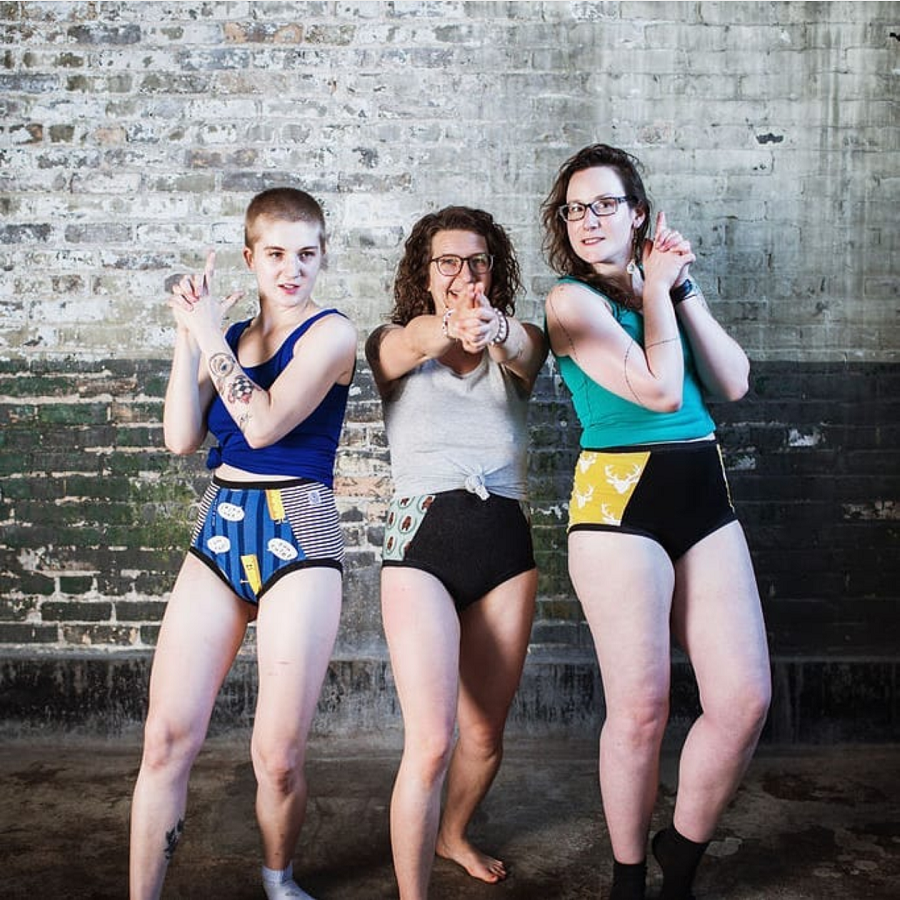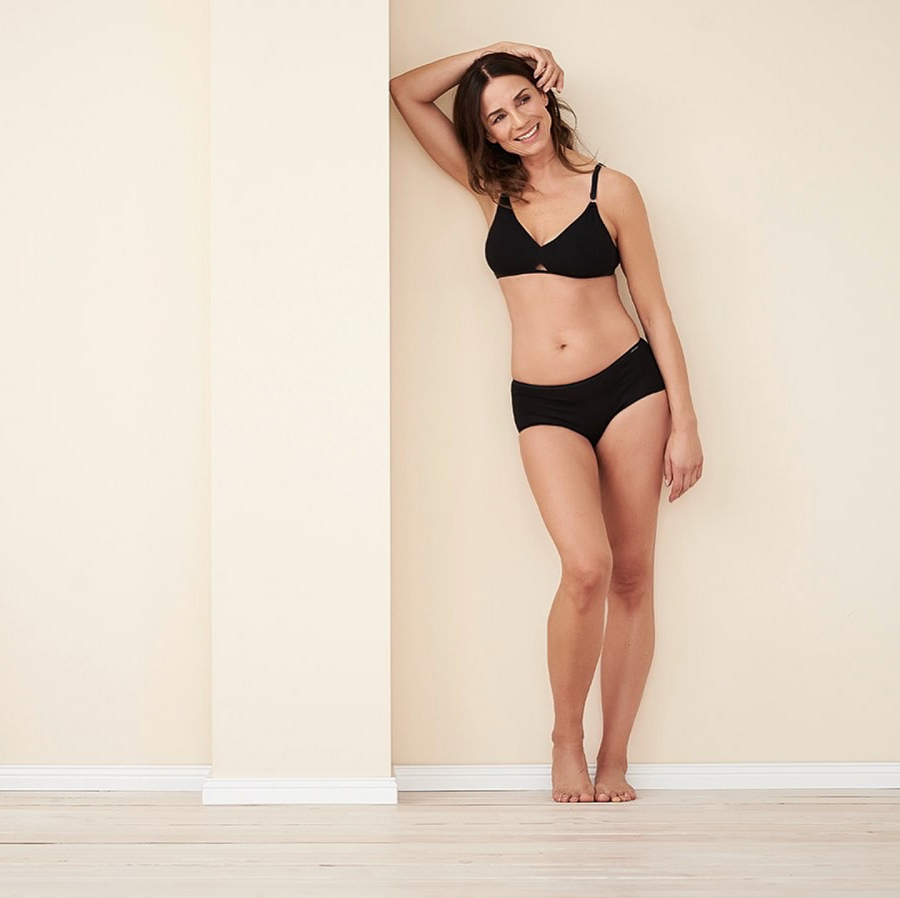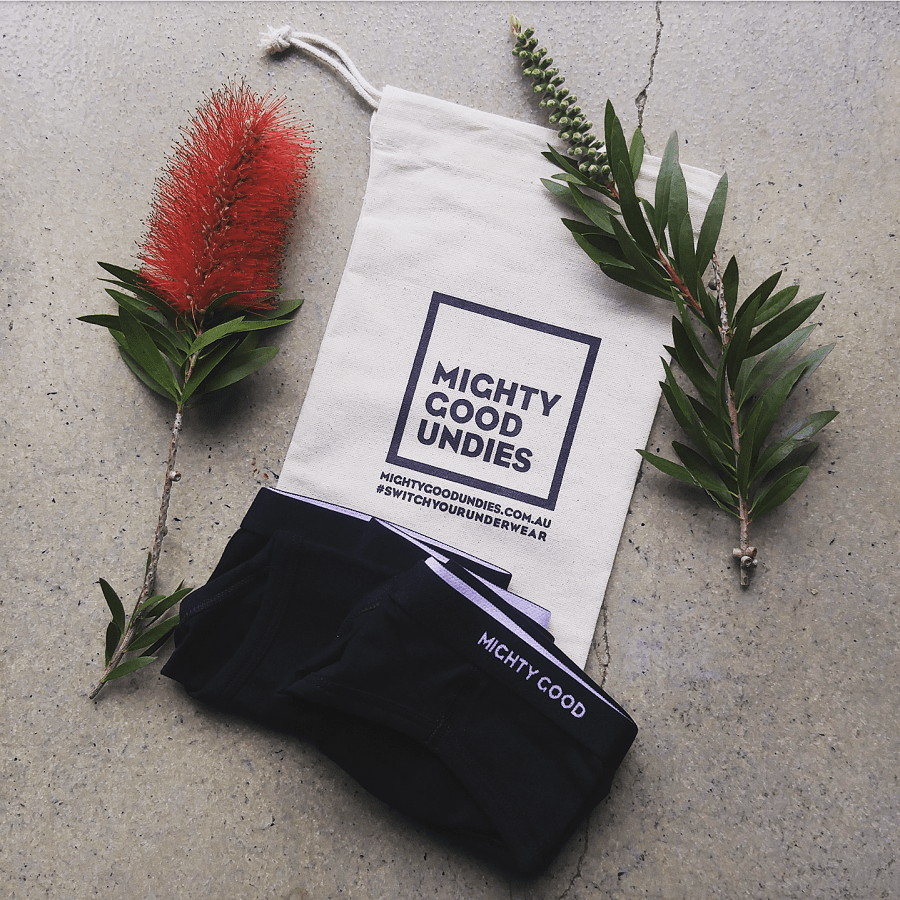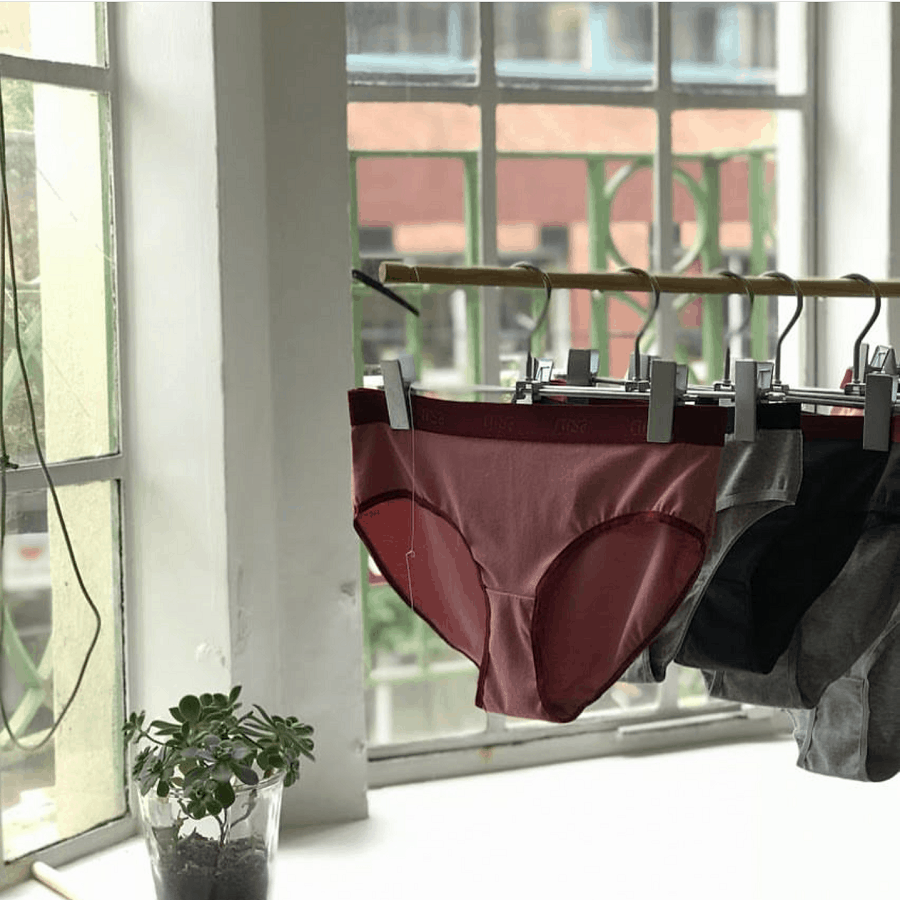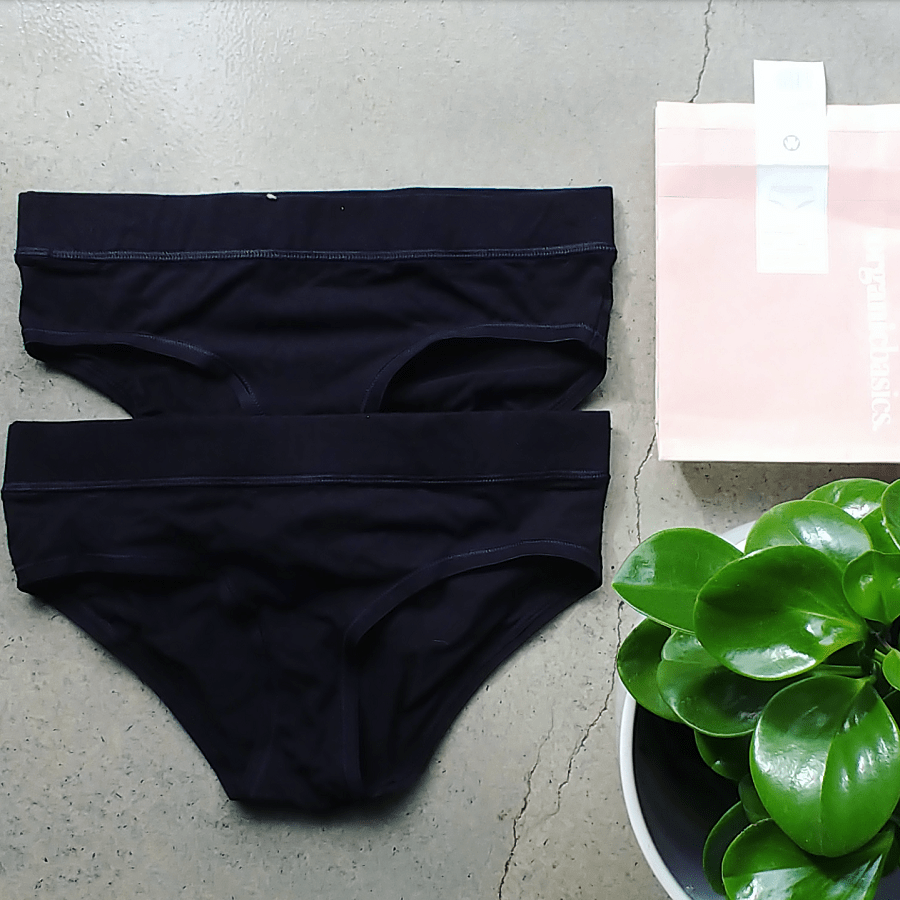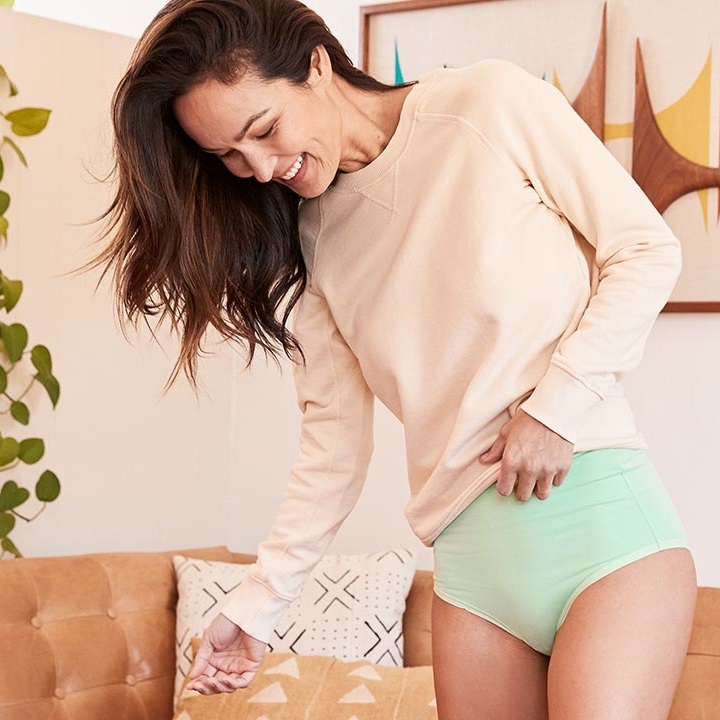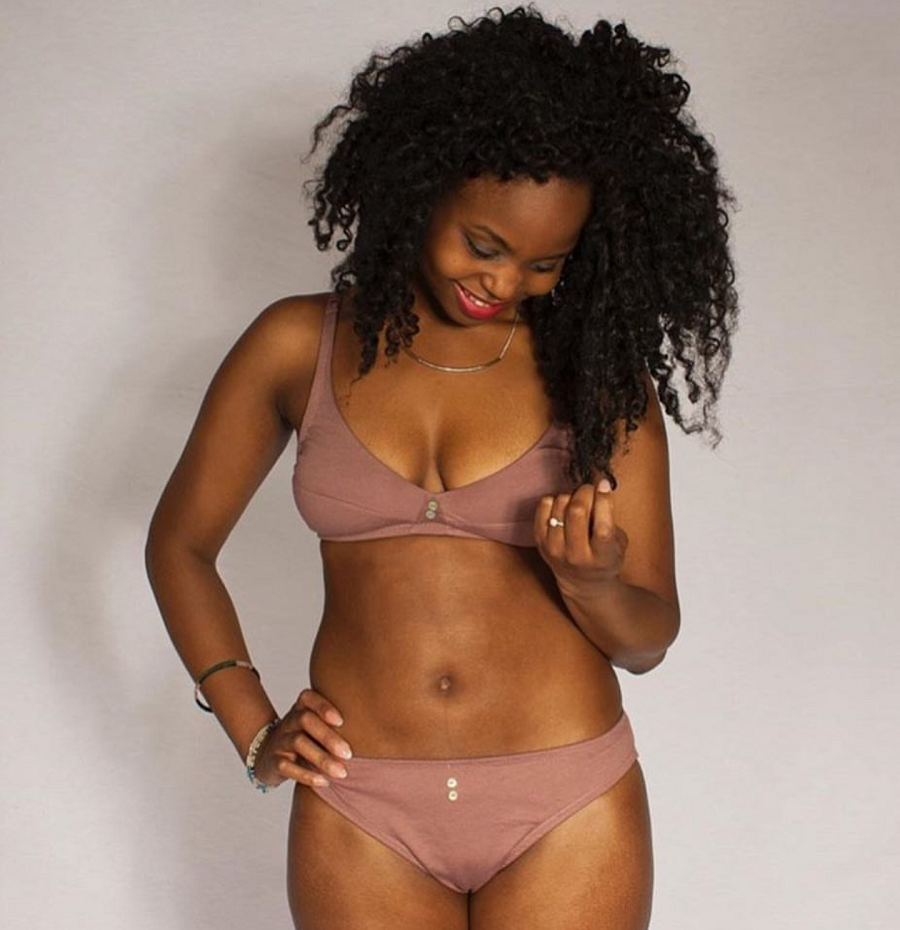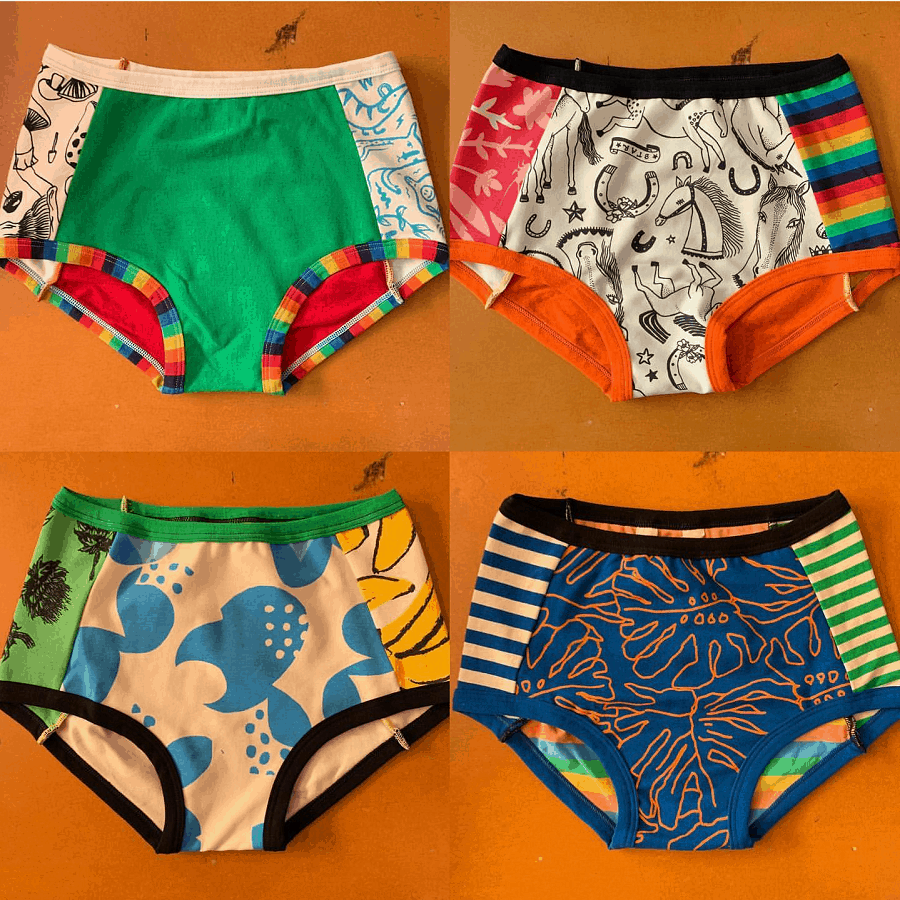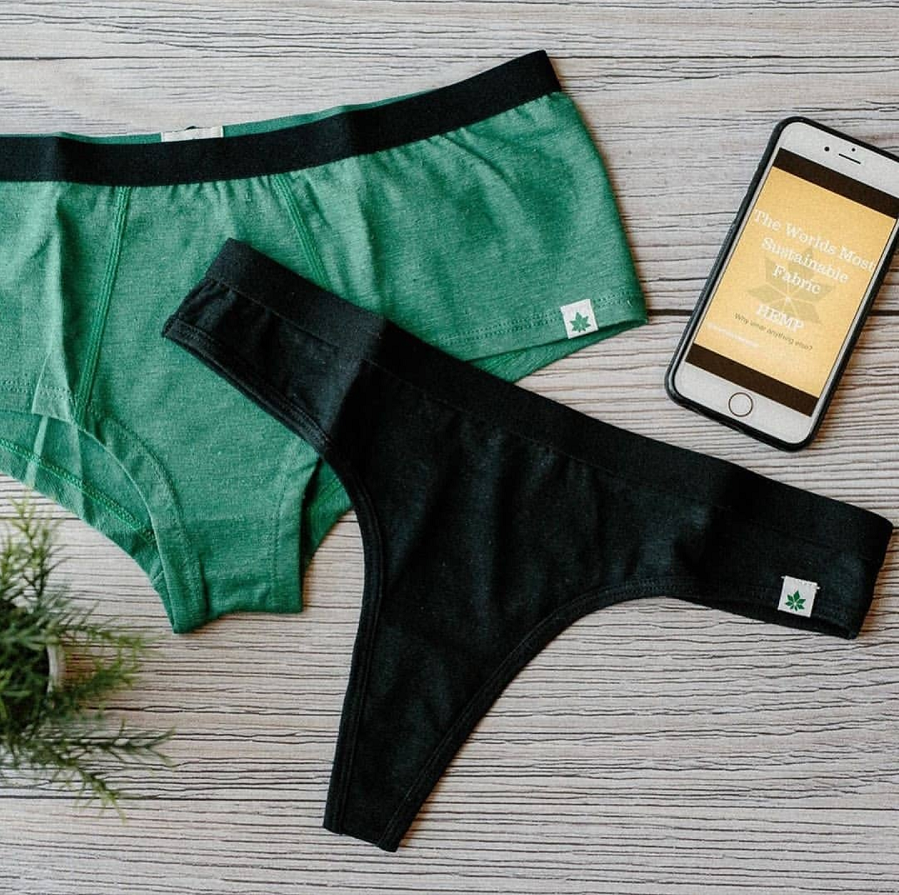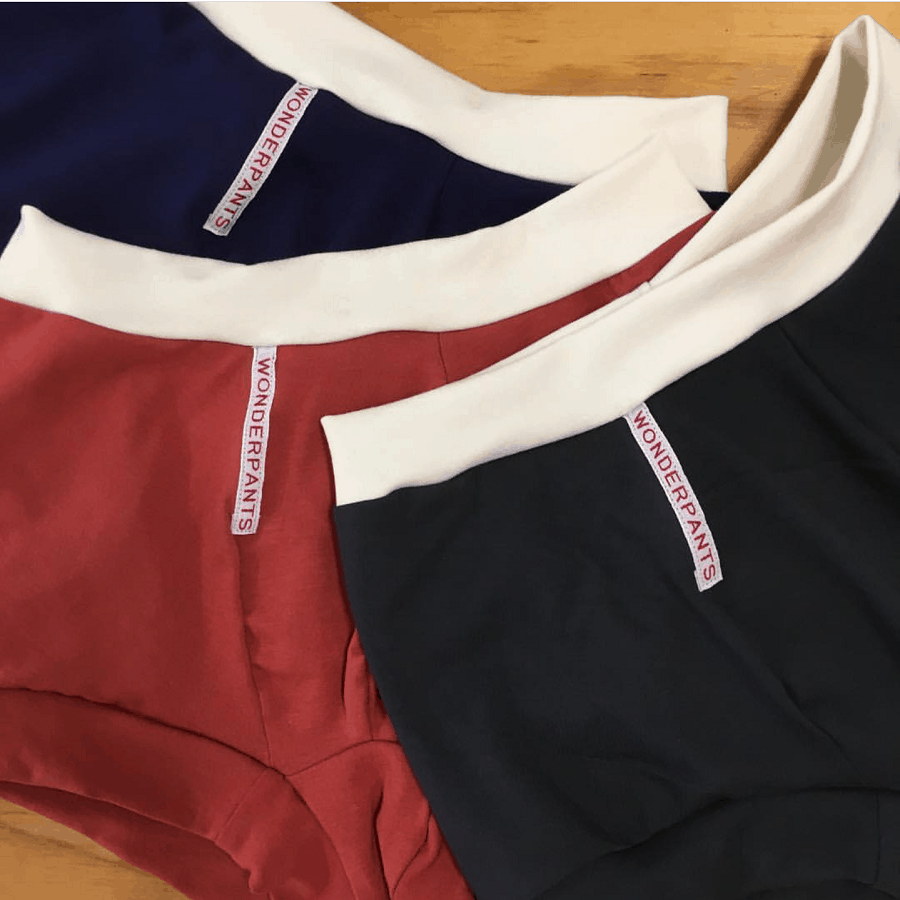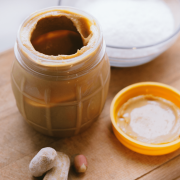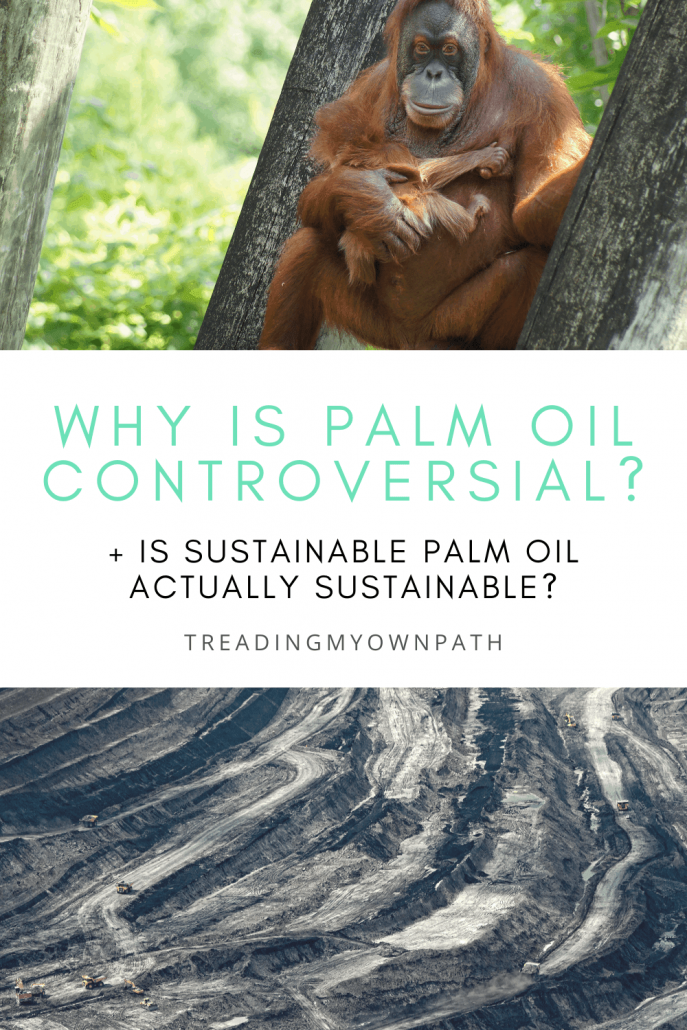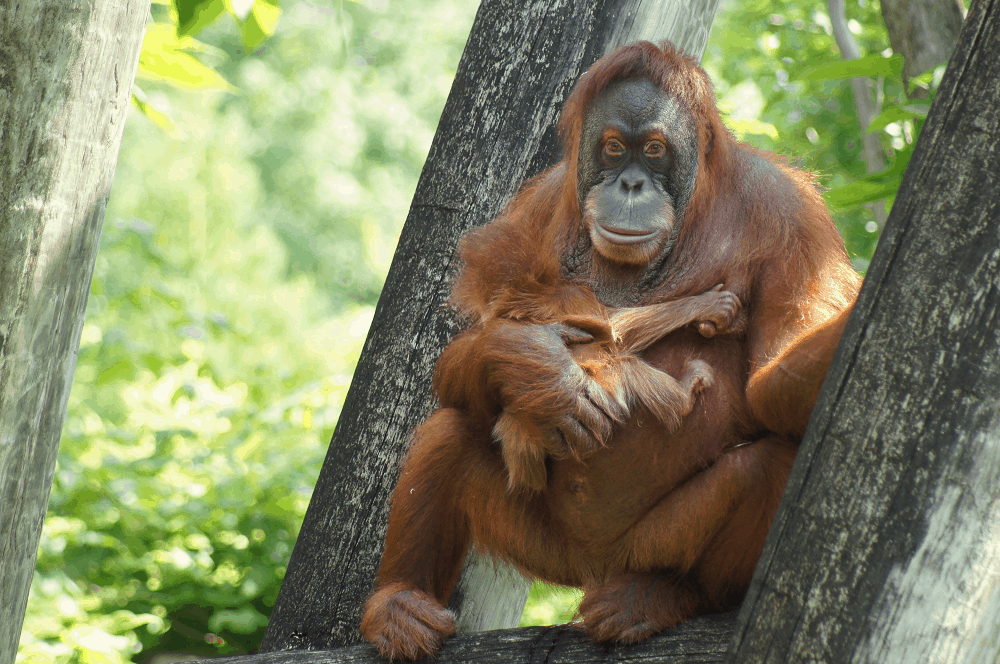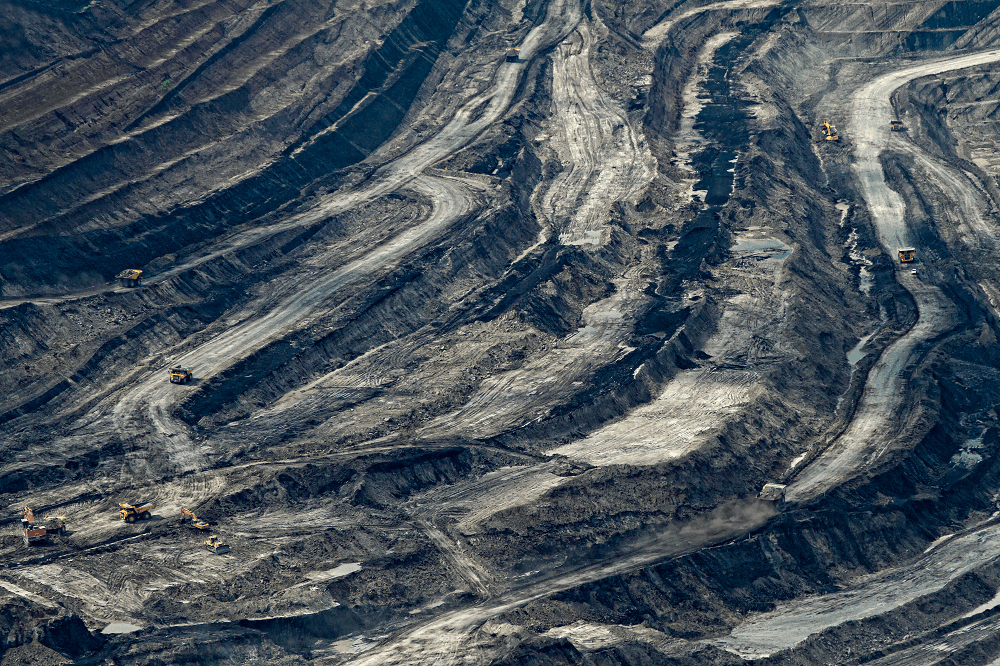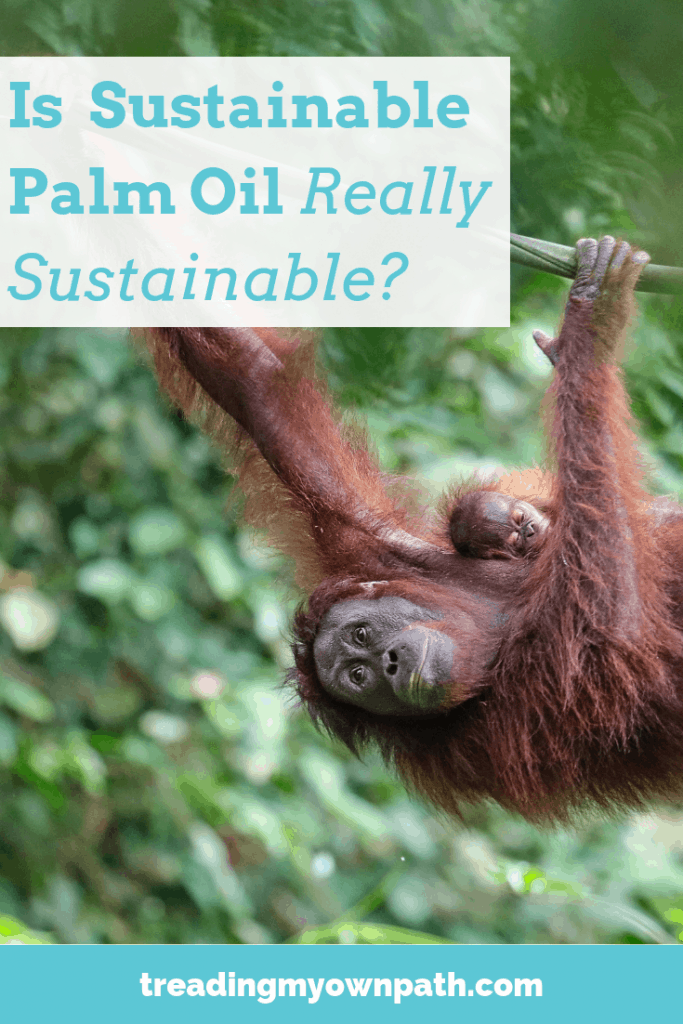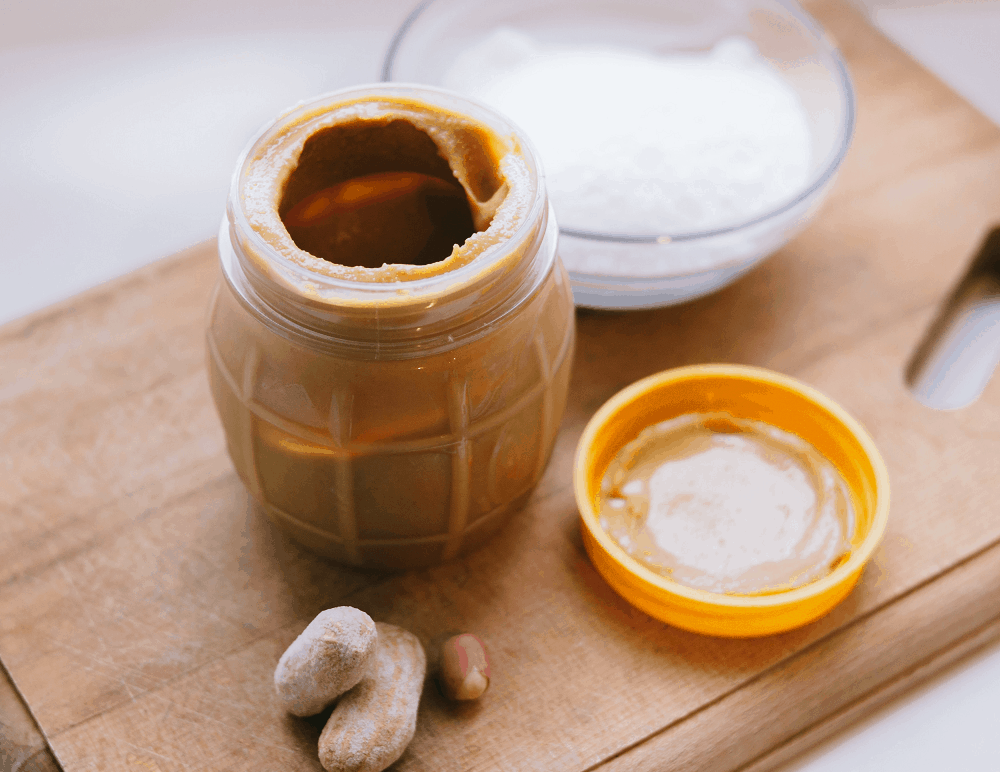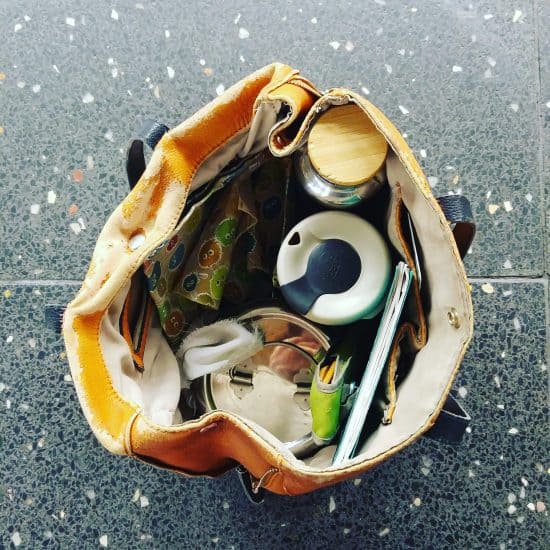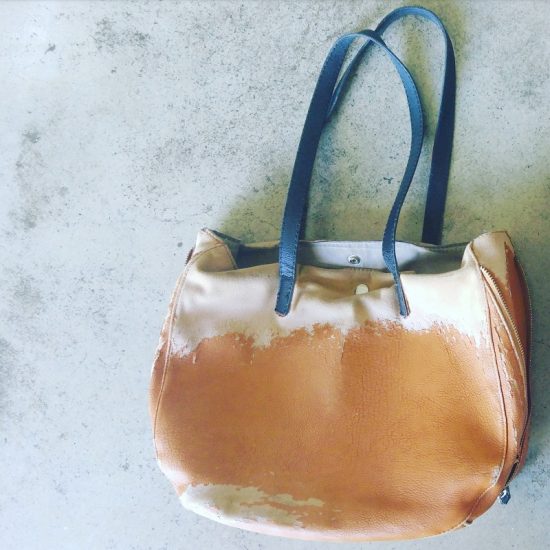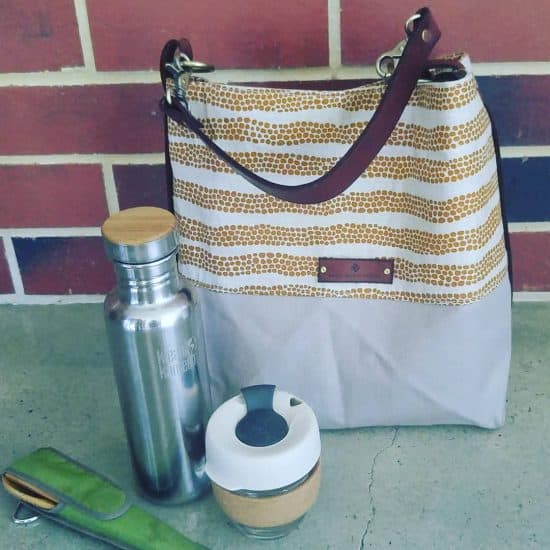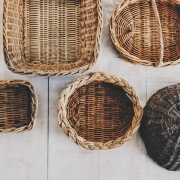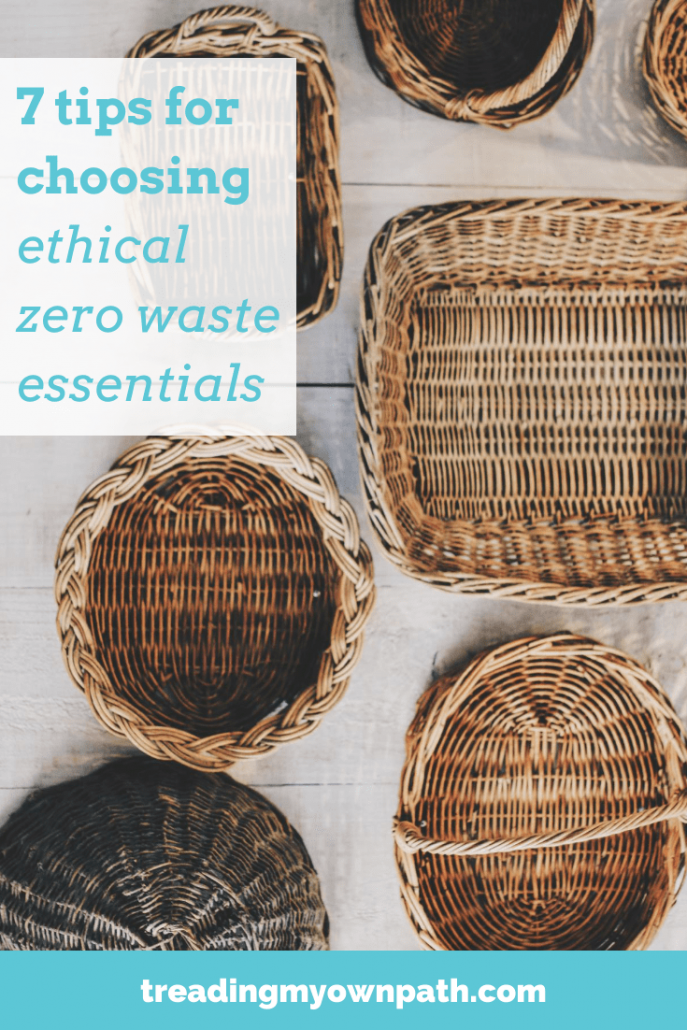Where to shop online for sustainable gifts that isn’t Amazon
Someone on my local zero waste Facebook group recently asked the question, “what are some good zero waste stocking fillers?” and my favourite response was this one: “air”.
When it comes to living zero waste, the less stuff we buy the better.
I’m all for cancelling Christmas altogether, in fact.
But we all like to celebrate Christmas in different ways, and if gifts is your thing, I have some ideas – not on what to buy, but on where to buy it.
If I can’t persuade you to cancel Christmas altogether, then perhaps I can persuade you to spend more of your money with independent small businesses, and less of your money with global mega-corporations, and especially with Amazon.
What’s wrong with Amazon?
Yes it’s cheap, and yes it’s convenient – but we all know that most things that are cheap and convenient are causing issues elsewhere. And that’s definitely the case with Amazon, and its founder, Jeff Bezos.
Bezos is a billionaire, worth around $150 billion US dollars. That’s a lot of money. It’s almost too much money to fathom.
To paraphrase a popular tweet: If you worked every single day, making $5,000 a day, from the year 1500 until the year 2020, you would still not be a billionaire. You’d have to work for 548 years (and not spend a penny of what you earned).
To have as much money as Jeff Bezos has, you’d need to earn $5,000 a day, every single day, for about 77,000 years. (Jeff earns about $150,000 a minute.)
No-one becomes a billionaire ethically and sustainably. And Amazon is notorious for its exploitative practices: from not paying tax, to underpaying workers, to exploiting workers, to destroying small businesses.
(If you’d like to know more, and I hope that you do! – there are two great articles that I recommend you read.
Bezos the billionaire hero? Nope. A really good explanation of what being a billionaire actually means (in the context of greenwashing).
The Ethical Issues with Amazon. A well researched piece with links detailing many of Amazon’s wrongdoings.
Hopefully you’ll give them both a read, but if not, my message is this: this Christmas, if you’re buying gifts, try to give more of your money to business owners that aren’t already billionaires, and are working hard to operate ethically and sustainably.
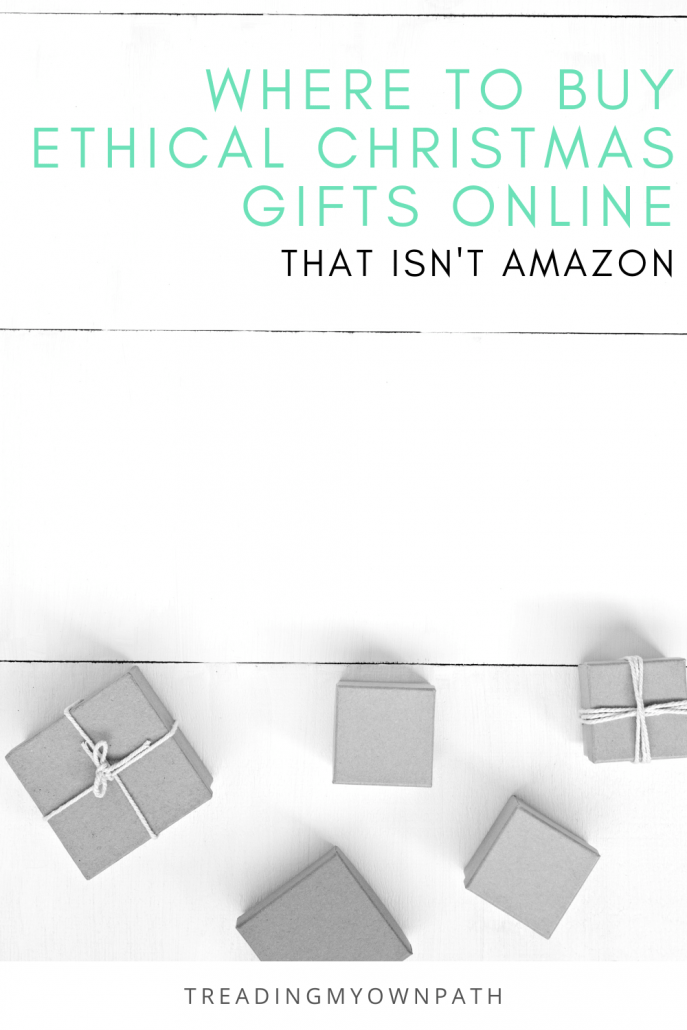
This post contains some affiliate links. This means if you click a link and choose to make a purchase, I may receive a small commission at no extra cost to you.
Where to buy ethical Christmas gifts online that isn’t Amazon
Books
So many people tell me that they don’t buy books from Amazon (because boycott), they buy from Book Depository – which is actually (sigh) owned by Amazon. As is Abe Books.
Here are some Amazon-free alternatives.
Bookshop.org. An online US bookstore with a mission to financially support local, independent bookstores. You can choose for the profit from your order to go to a bookstore of your choice, or added to an earnings pool to be distributed among independent bookstores. B-Corp certified. UK Bookshop just launched in 2020.
Booktopia. Australia’s biggest locally owned online bookstore, and one of Amazon’s biggest (Australian) competitors.
Chapters Indigo. Canada’s biggest online bookstore.
Dymocks. Australian bookstore chain. Many Dymocks stores are franchises. One of the better-than-Amazon-but-not-the best-choice options.
Hive. Online UK store connected (and giving a cut to) to hundreds of independent bookshops across the UK, by giving them a chance to sell online through Hive.
Indiebound. Launched by the American Booksellers Association, this is a US site for independent bookstores.
Rabble Books & Games. My local independent bookstore (Perth, Australia) that has an amazing range of books. Champions Indigenous writers and illustrators, LGBTQIA+ fiction, small publishers, and diversity. Made the international news when they announced they were going to remove JK Rowling’s books from the shelves to create a safer space (you can still order them in – profits donated to Trans Folk WA) after outrage from the trans community over the content of her latest novel and other transphobic comments.
Readings. Independent bookstore in Melbourne, Australia which also sells books online. Won Australian Book Retailer of the Year 2020.
Waterstones. Big UK bookstore chain. Owned by a hedge fund so not the most independent and ethical option, but a better choice than Amazon.
Wordery. Has a similar model to Book Depository, with free delivery worldwide, only it isn’t owned by Amazon. A great alternative if you need (free) worldwide shipping.
Zero waste and plastic-free reusables
There are so many online stores selling zero waste alternatives and plastic-free swaps, that it’s possible to find everything you need (and plenty of stuff that you probably don’t!) without using Amazon. These are stores I’ve used, or that come recommended by my readers.
To make it easier, I’ve divided into UK, USA and Australian sites.
Australia:
Biome. One of the best Australian online eco stores (and six physical stores, most in Brisbane), founded in 2003. B-Corp certified business.
Flora & Fauna. 100% vegan, ethical and cruelty-free online store. B-Corp certified.
Nourished Life. Online store selling mainly organic, natural skincare and beauty products. There is a lot of plastic packaging to sift through, but they do have a good range of zero waste products.
Seed & Sprout. An online eco store selling beautiful own-branded zero waste and plastic-free products including reusables, cleaning and skincare products.
Spiral Garden. Natural, ethical and sustainable products (and gardening supplies) from this Tasmanian-based store. Lots of unique items.
Urban Revolution (my local Perth-based store). Garden and zero-waste store with a constantly updated range of items.
Velvety. An ethical marketplace featuring 100% vegan, ethical and sustainable fashion brands. A wide variety of products from sustainable clothing to jewellery, vegan leather wallets, handmade soy candles and a range of eco-friendly vegan beauty products.
Zero Store. Large range of zero waste products, with no plastic in sight. Based in Fremantle, Western Australia.
UK:
&Keep. One of the best UK online eco stores, with a fabulous range of products. (The name, &Keep, comes from the premise that if you buy quality, well made things, you only need to buy them once and you will keep them forever.) Most products are plastic-free.
A Slice of Green. One of the longest-standing online eco stores, operating since 2007. Mostly selling reusables, with a small (but excellent) range of books.
Anything but plastic. Wide range of plastic-free products including skincare.
Boobalou. An eco home store with plenty of zero waste and low waste products.
Ethical Superstore. Not just plastic-free and zero waste products (there is plenty on this site you probably don’t need) but a good one-stop shop of ethical products that isn’t Amazon, including food. Their sister store thenaturalcollection.com has more of a focus on ethical homewares.
Eqo Living. An online eco store selling mostly reusables, with some beauty products.
USA:
Life without plastic. The original plastic-free shop (beginning life in 2006). Many products are completely plastic- and silicone-free, and made entirely of metals and natural materials.
Package free shop. Founded by Lauren Singer of Trash Is For Tossers, with products divided into five categories based on values: ‘circular’, ‘compostable’, ‘organic’, ‘100 % plastic-free’ and ‘vegan’.
Tiny Yellow Bungalow. An adorable zero waste shop of hand-picked products (by the owner, Jessie) with an excellent accompanying blog.
Wild Minimalist. Online store with a great range of products.
Underwear and socks
I had to include a section on underwear because it’s the classic Christmas gift, after all – and probably one of the most useful and usable things you can gift someone (assuming you know their size).
Organic Basics. This is my favourite place to get underwear. And I love their socks. Great quality, and very comfortable. They sell a range of basics, made of organic cotton… which you might have gotten from the name.
Pact. This US brand comes highly recommended by many of my readers. A large range of basics made from organic cotton.
Very Good Bra. The only completely zero waste bra on the market. Stephanie, the founder, is so passionate about zero waste fashion, and it shows. They have just released a range of zero waste sleepwear, and also sell underwear (which I haven’t tried but I’m sure I will love just as much as I do their bra.)
These are my top three, but if you’d like more options for ethical underwear, you might find these posts useful:
A Guide to Ethical + Organic Underwear Brands
A Guide to Ethical + Organic Bras (and Bralettes)
A guide to men’s ethical + organic underwear
And slightly more niche, but still an excellent Christmas gift in my view:
Zero waste periods: the pros and cons of menstrual underwear (+ 6 brands to consider)
Other sites to consider
Etsy. A great online marketplace for finding independent artists and creators making ethical, low waste and upcycled products.
Gumtree. An online classifieds site, where you can find unwanted gifts and lightly-used products, as well as vintage items.
Who Gives A Crap. If there is one thing people need even more than underwear and socks, it’s toilet paper. I’ve given this as a 40th birthday present, and as a wedding gift (more than once). They even make limited edition Christmas toilet paper.
Christmas gifts might not be my thing, but persuading people to look for options away from Amazon and the big box stores most definitely is my thing. Spending a little more (or perhaps, spending the same, or buying a little less) means not lining the coffers of the richest man in the world, sharing the wealth by supporting independent businesses and having a more positive impact on the planet.
If you have any other ethical sites you’d like to recommend, I’d love to hear them. Happy festivities!


